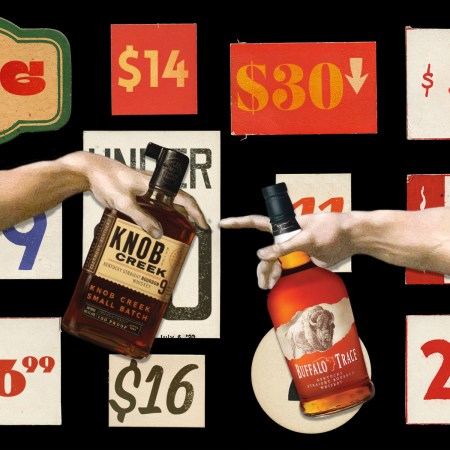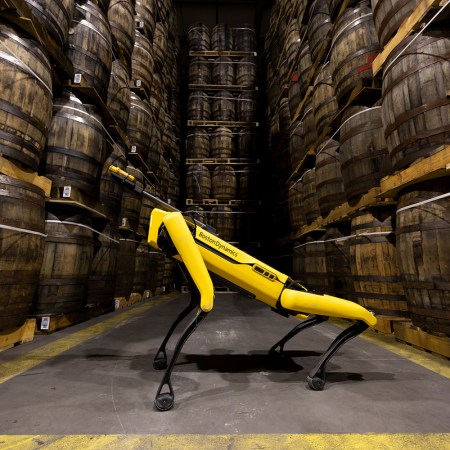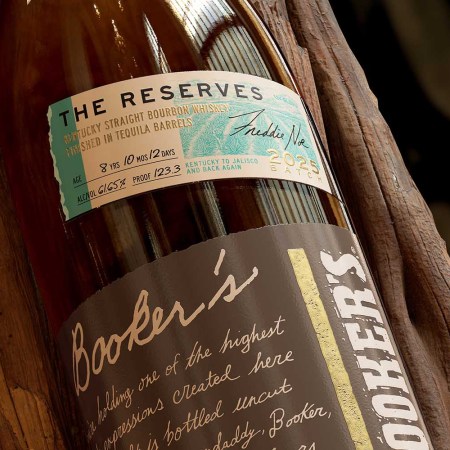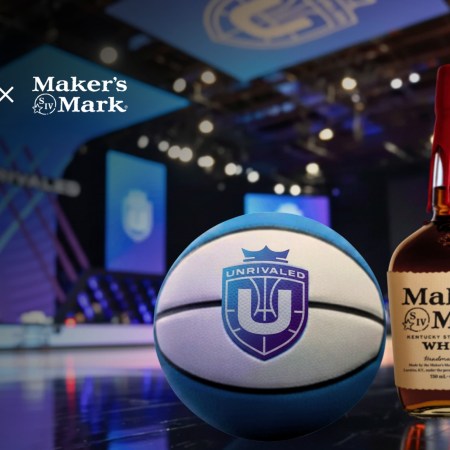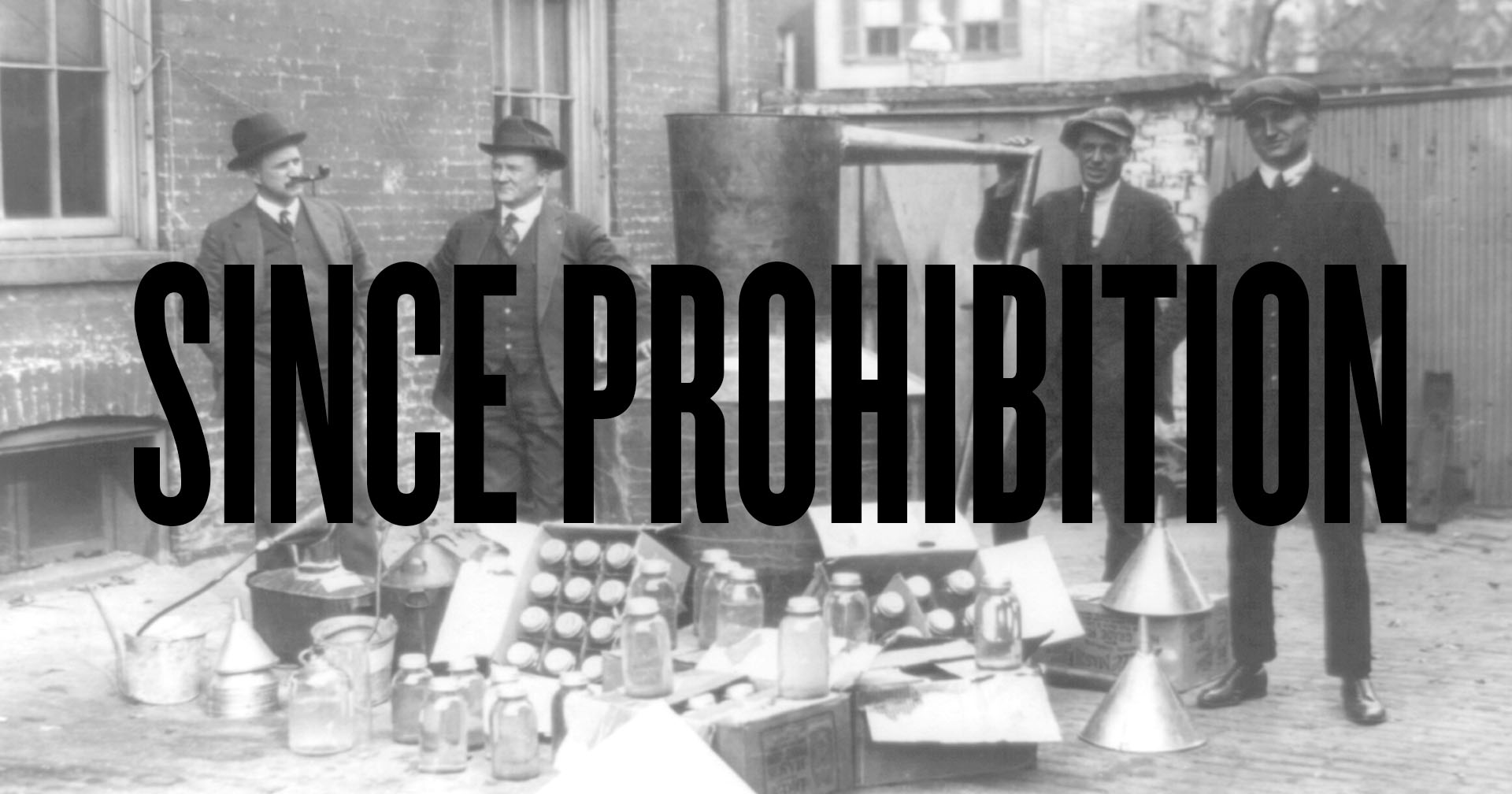

“You can’t seriously want to ban alcohol. It tastes great, makes women appear more attractive, and makes a person virtually invulnerable to criticism.”
— Mayor Quimby, The Simpsons
The Volstead Act officially kicked off Prohibition on January 17th, 1920.
With that act, the manufacture, sale and transport of alcohol was banned — although you wouldn’t necessarily know it, given the proliferation of bootlegging and speakeasies. Still, those were dark days for America’s drinking public, and it certainly divided the history of the industry: there was the time before Prohibition, and the time after.
Now that we’re at the 100-year mark of that milestone legislation — which was thankfully repealed 13 years later — we decided to look back at the biggest moments in American booze since the 18th Amendment initially went into effect. Below, you’ll find 100 events, ideas, people and bits of pop-culture ephemera that have shaped the beer, wine and spirits industries in America over the last century.
KIRK MILLER / JANUARY 2020
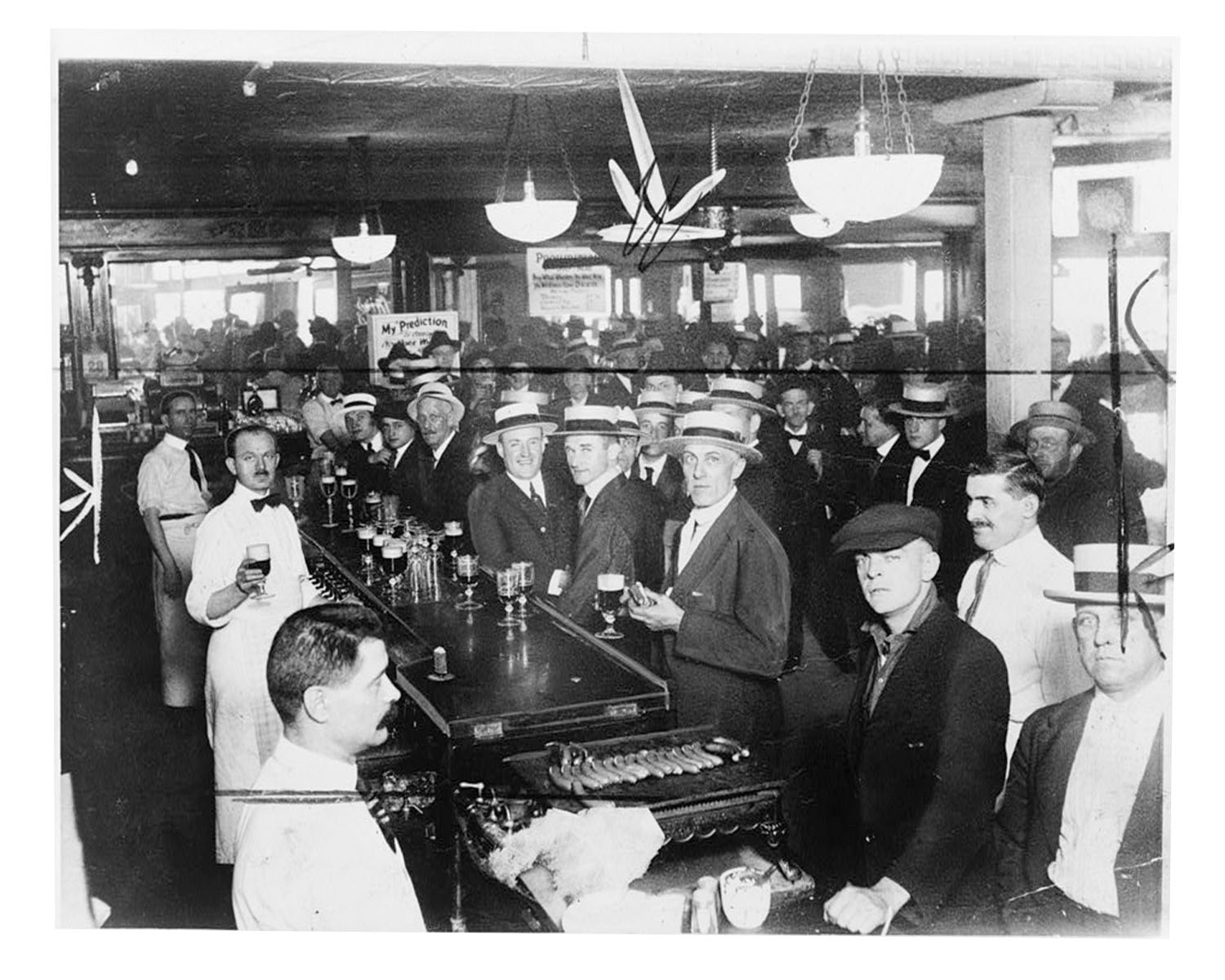


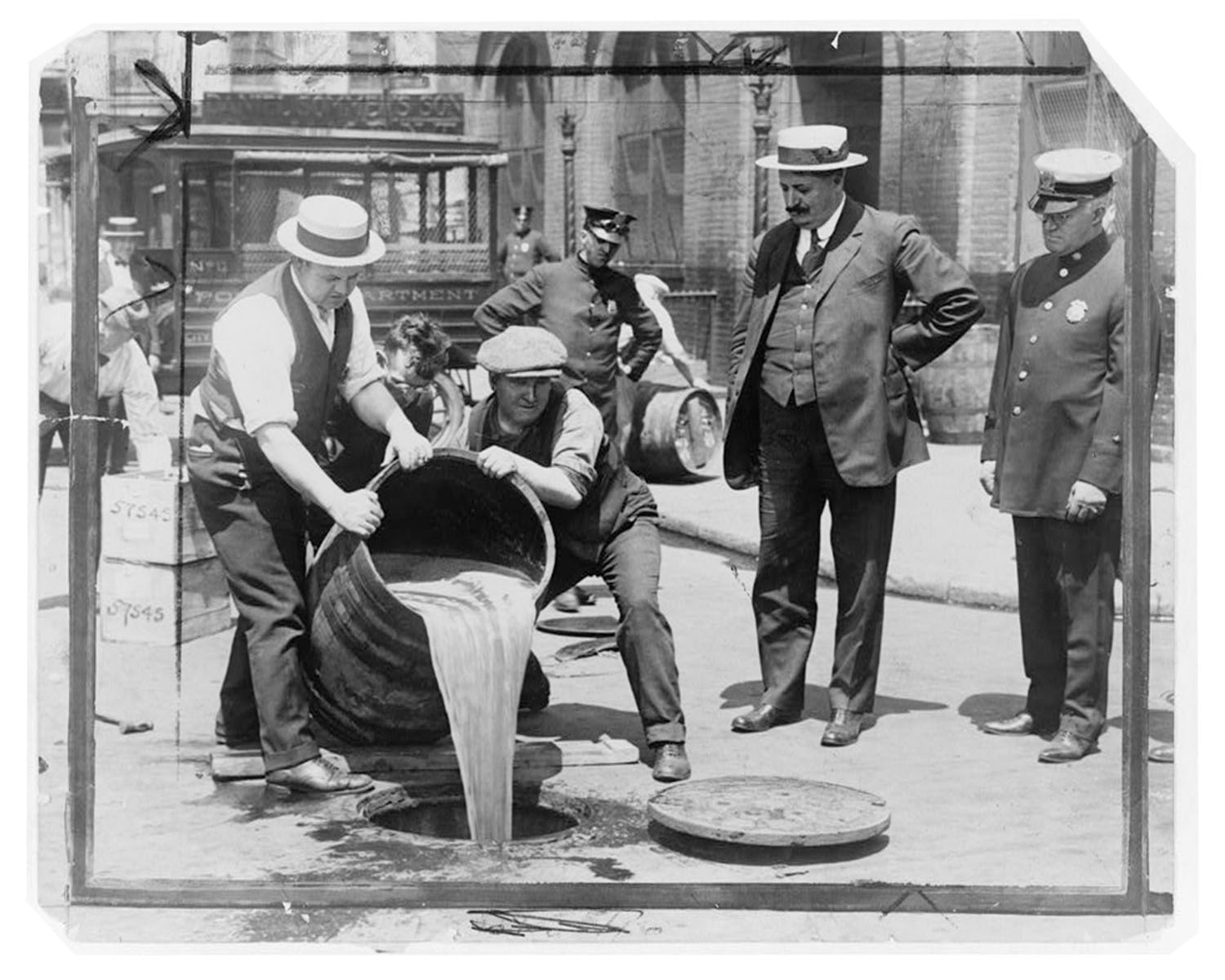
New York City Deputy Police Commissioner John A. Leach, right, watching agents pour liquor into sewer following a raid during the height of prohibition / Library of Congress
1. Prohibition begins
The Volstead Act (as it was informally called) prohibited the manufacture and sale of alcoholic beverages; however, loopholes still allowed families to make up to 200 gallons per year for home use with the help of “wine bricks.” Another exception was made for sacramental wine for the church. The federal government also made an exception for “medicinal whiskey” prescribed by a doctor and sold through a pharmacy. The government issued 10 licenses, but only six were ever used.

2. Stephen Poplawski invents the blender

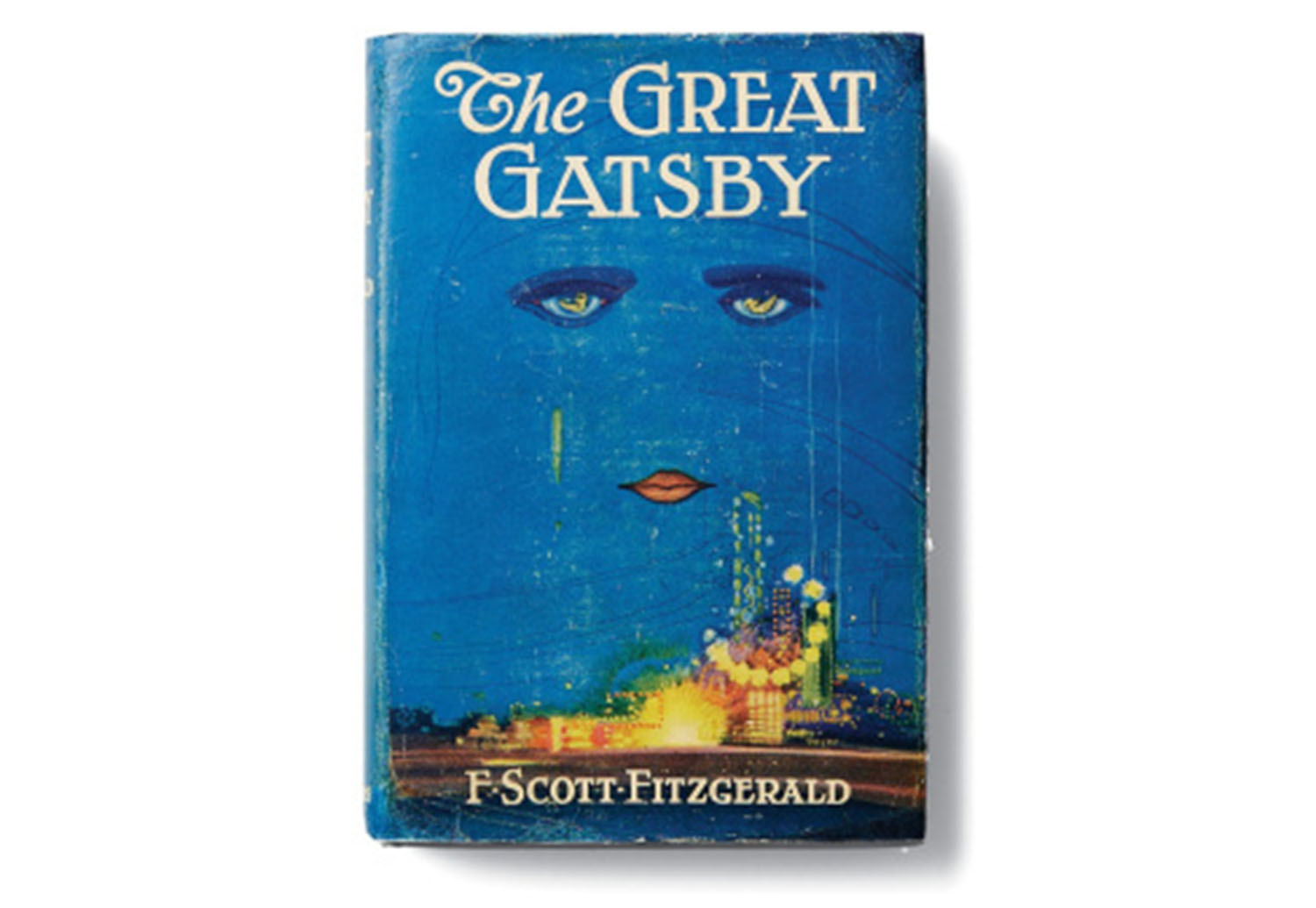
3. The Great Gatsby is released
“I picked him for a bootlegger the first time I saw him, and I wasn’t far wrong.”
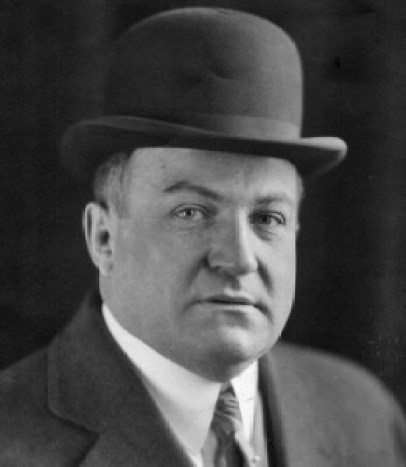
George Remus
King of the Bootleggers
4. Bootlegger George Remus is indicted for thousands of violations of the Volstead Act. “He built this enormous octopus of a bootlegging operation. And most cleverly, he started a drug company, a wholesaler to drug stores. And then he would send his trucks out, his own men would hijack those trucks and put it into the illegal liquor trade,” writer Dan Okrent later noted.

5. Commercially available ice via an ice machine created by Professor Jurgen Hans
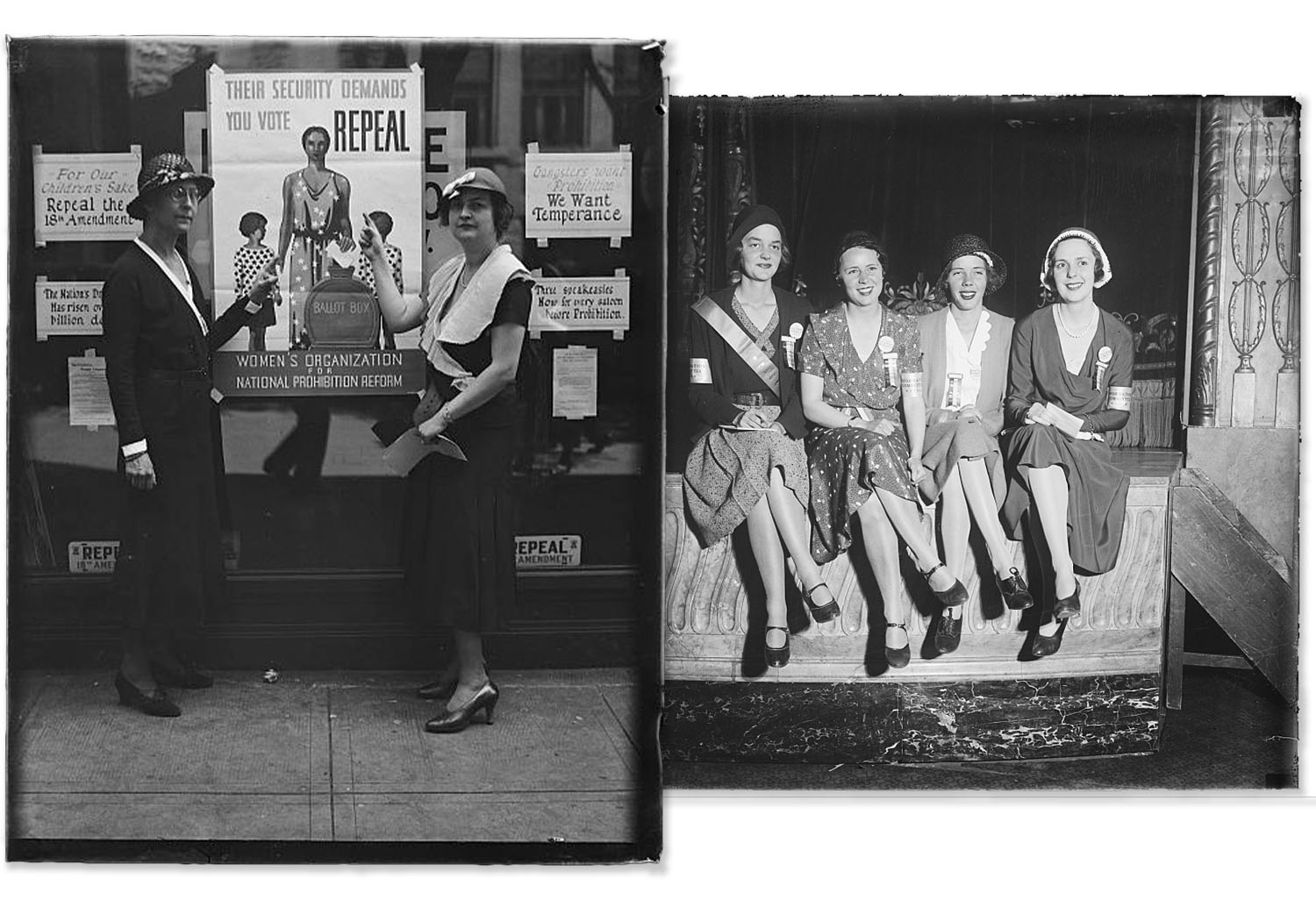
The Women’s Organization for National
Prohibition Reform / Library of Congress
6. Pauline Sabin forms The Women’s Organization for National Prohibition Reform. Consisting largely of “society” women and wives of industry leaders, the group argues for the repeal of Prohibition. Within two years, their membership is nearly 1.5 million.
7. The Increased Penalties Act severely increases the punishment for violating Prohibition
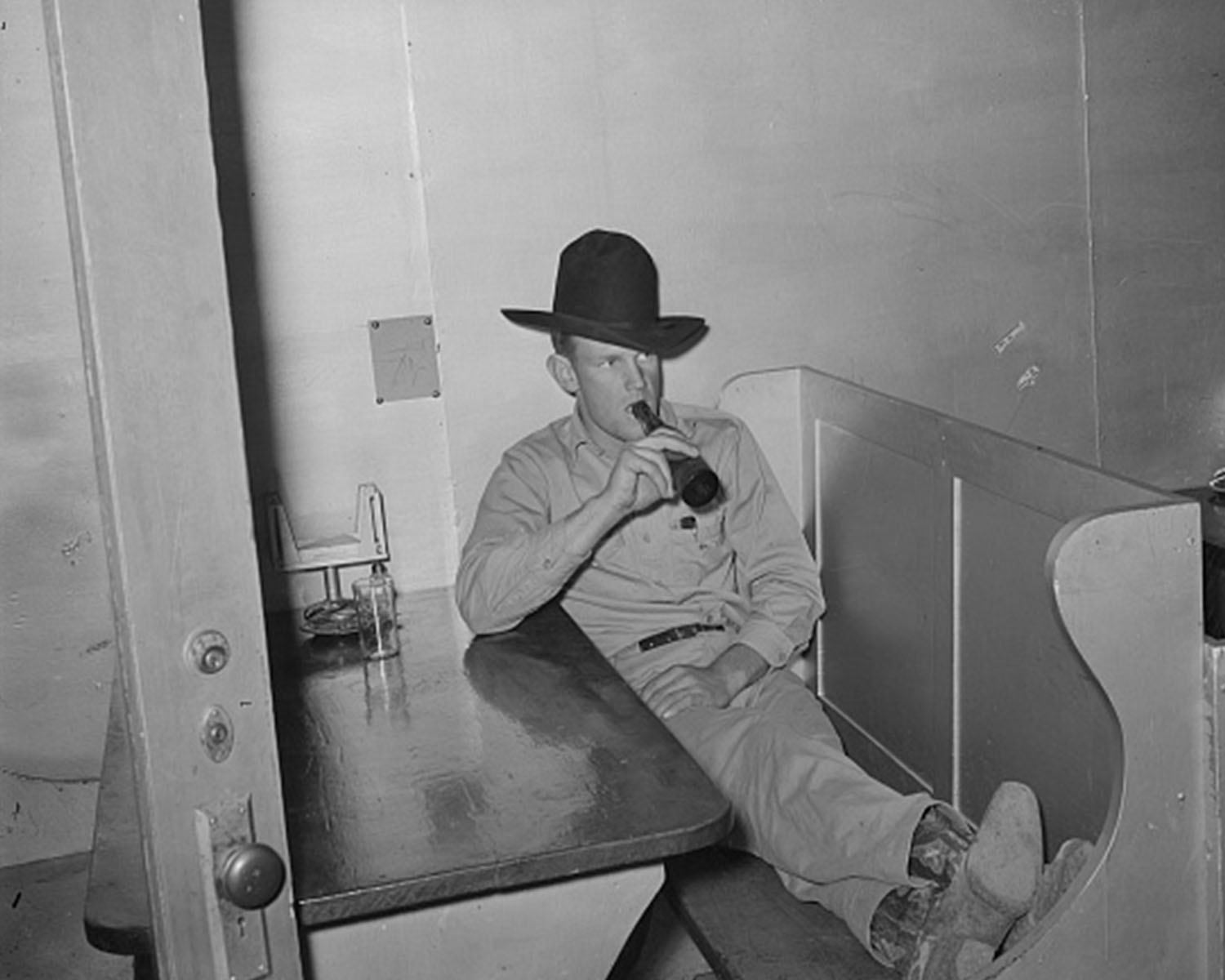

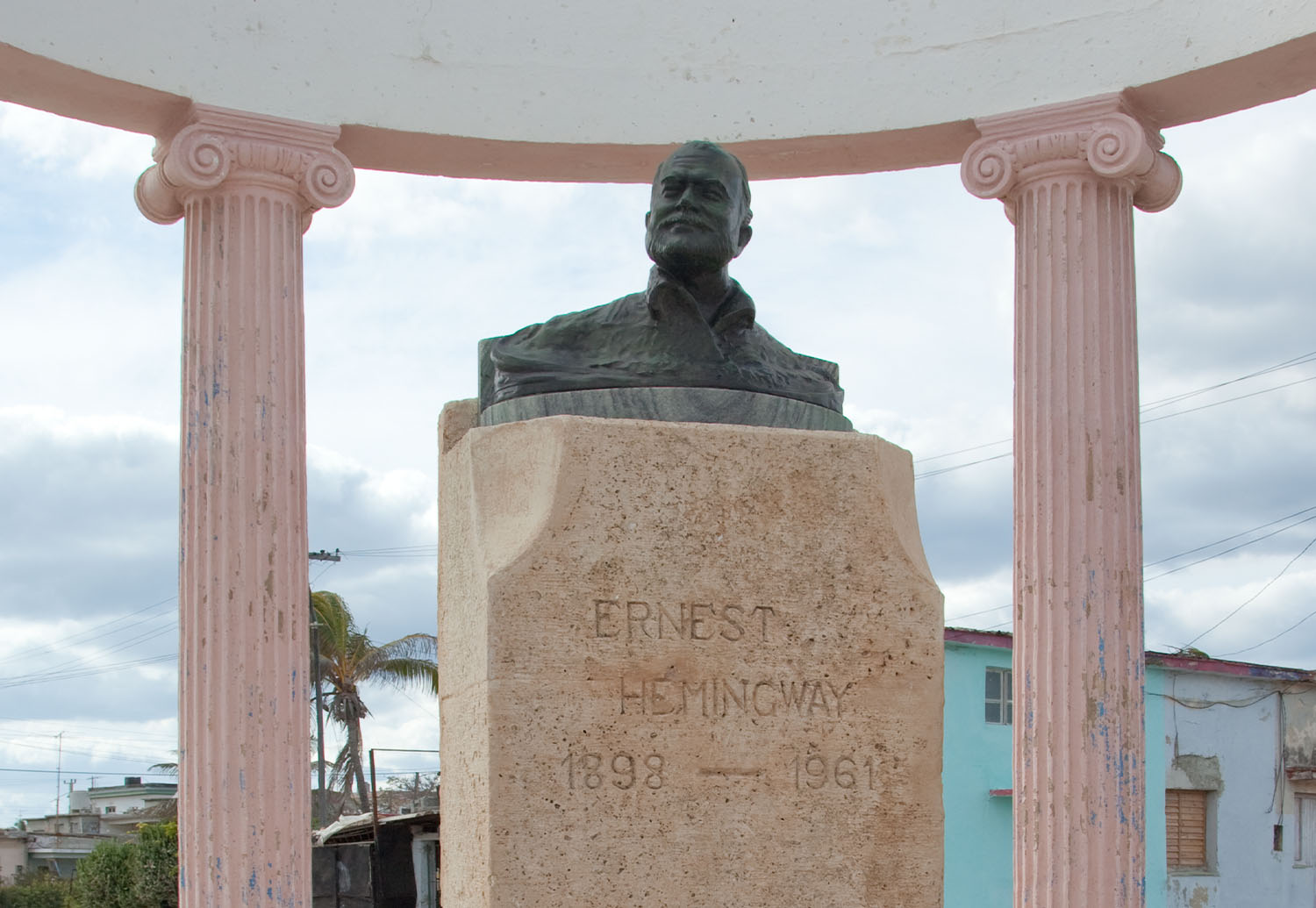
Memorial to Ernest Hemingway in Cojimar, Cuba / Carol M. Highsmith Archive / Library of Congress
8. Legend has it that Ernest Hemingway creates what’s now known as the “Hemingway daiquiri” during an impromptu visit to El Floridita in Havana sometime during the decade, although that story is a bit of a stretch.
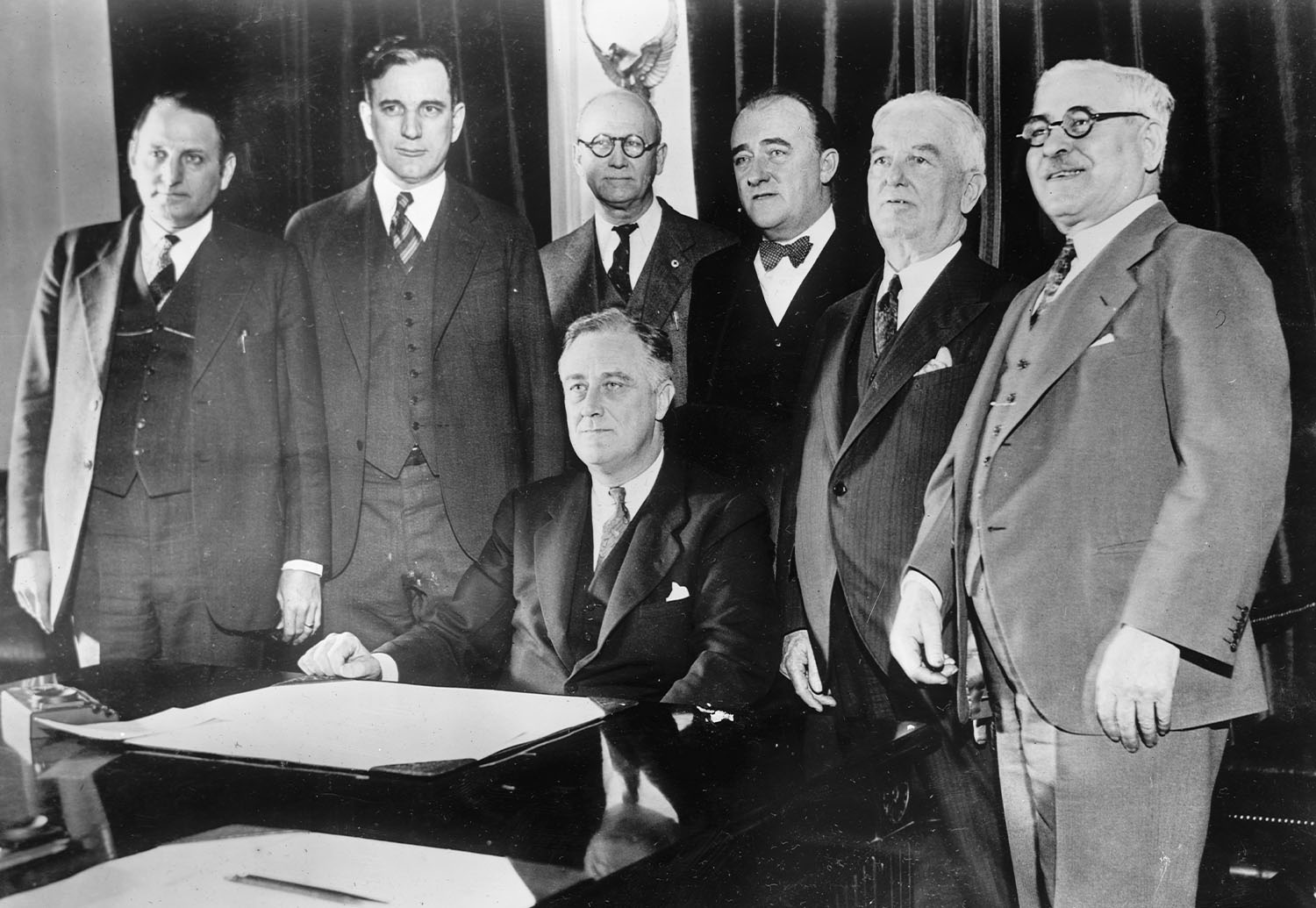
Congressional beer crusaders witness signing of beer bill / Library of Congress

9. The Cullen-Harrison Act, which allows for the sale of beer with up to 3.2% ABV, takes effect. Despite the fact that Prohibition won’t be repealed until December, it allows for the sale of low-ABV beer, which is believed to be too low to be intoxicating.

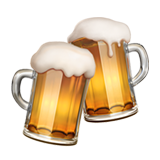
10. Prohibition repealed!
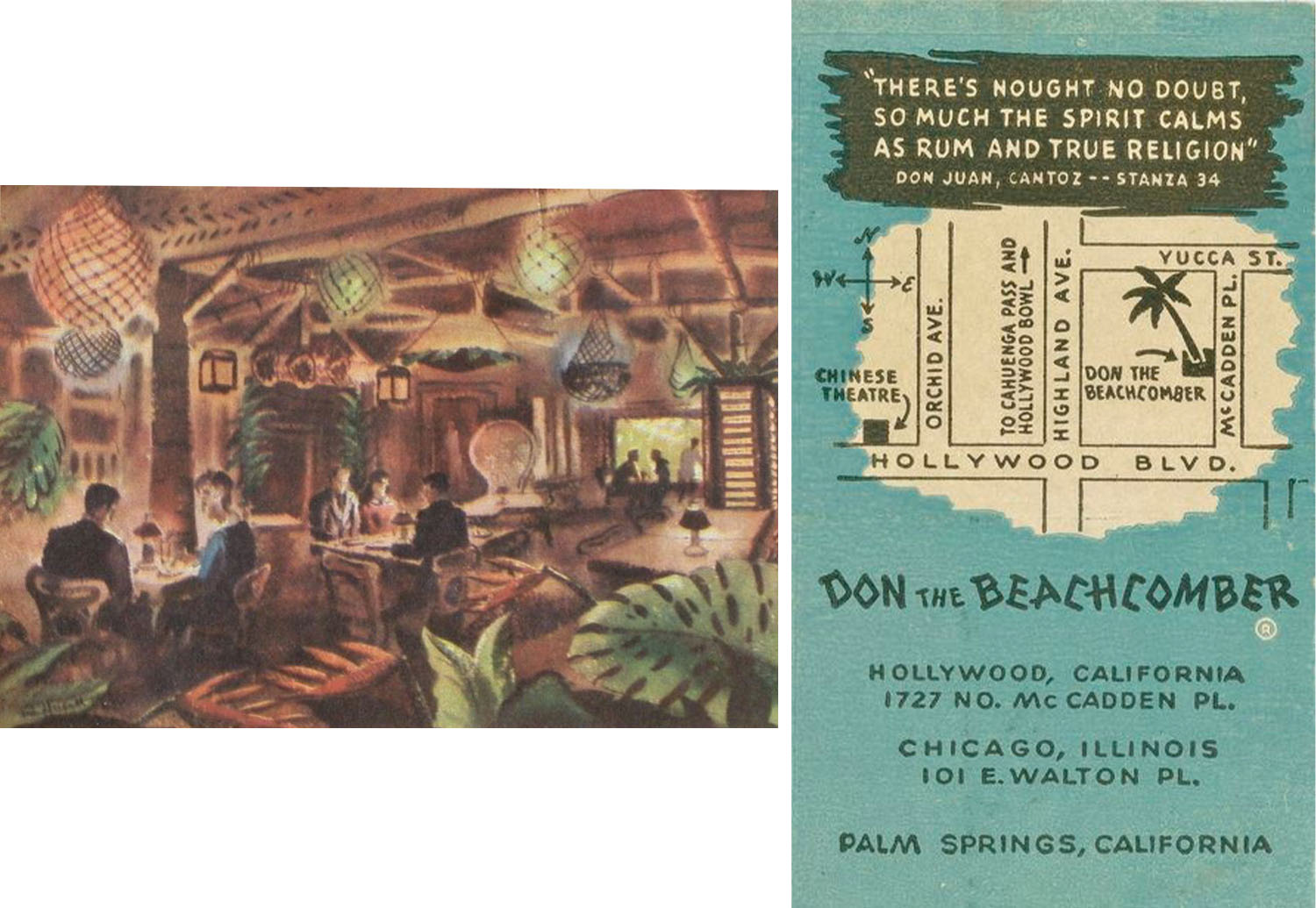
11. Tiki culture is born
Don’s Beachcomber opens in Hollywood (the name is later changed to Don the Beachcomber).

12. Smirnoff, the first domestic vodka distillery, opens in Connecticut
The brand later helped popularize the Moscow Mule.

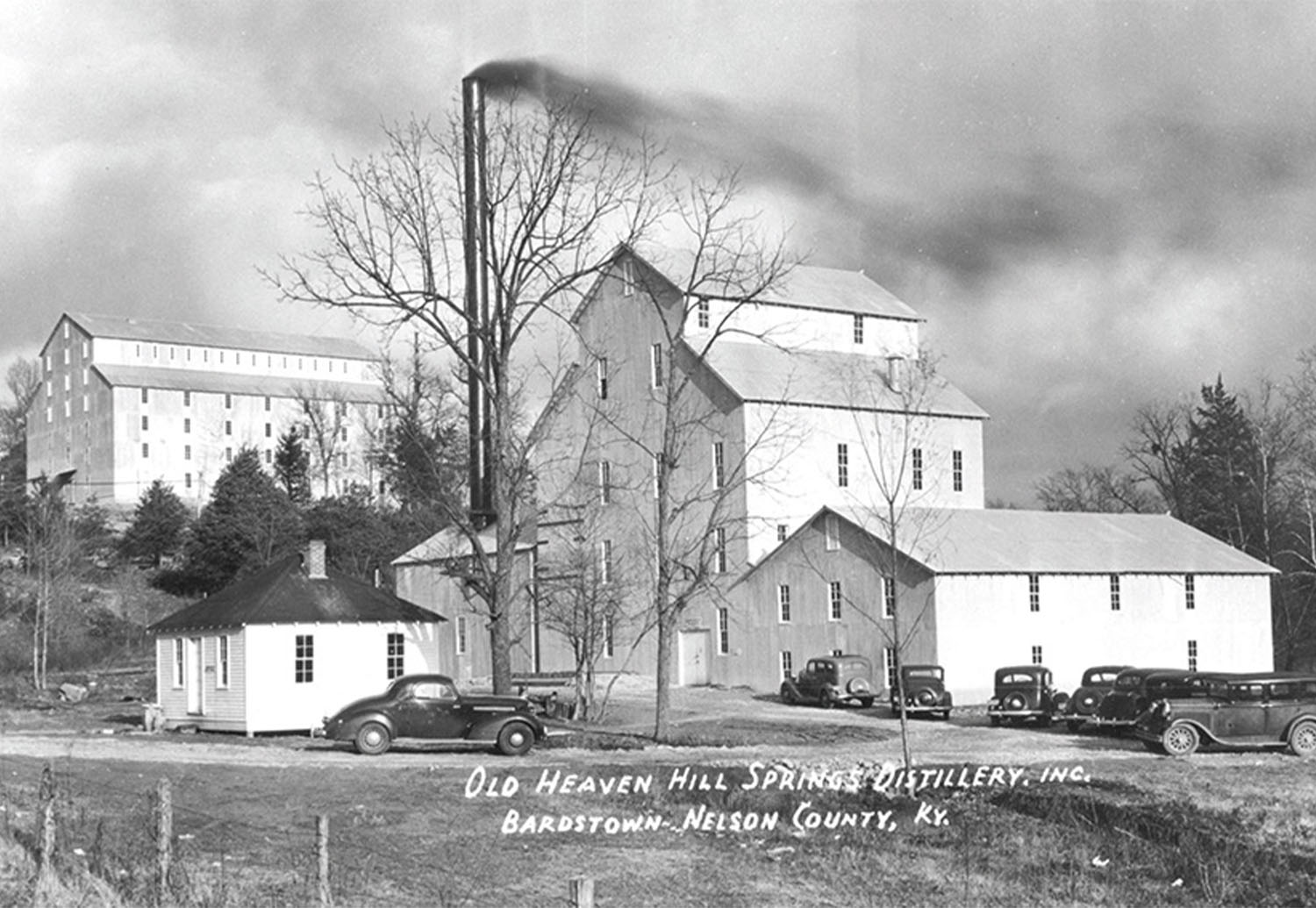
13. Ed Shapira and his bothers invest in Heaven Hill Distillery in Bardstown, KY.
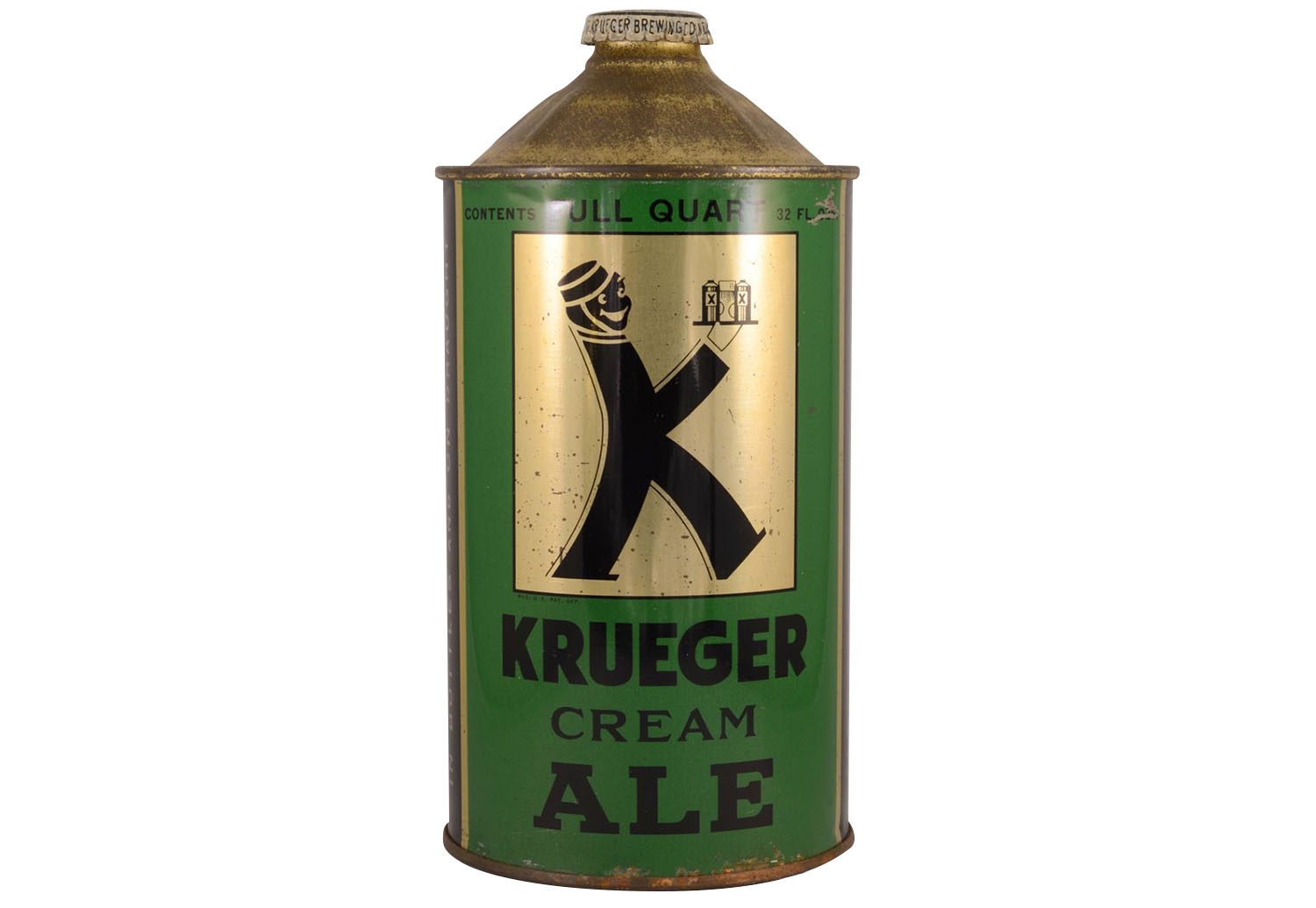
A Quart of Krueger Cream Ale / EBeerCanGuide.com
14. Canned beer introduced via Krueger’s Finest Beer and Cream Ale in Richmond, VA.
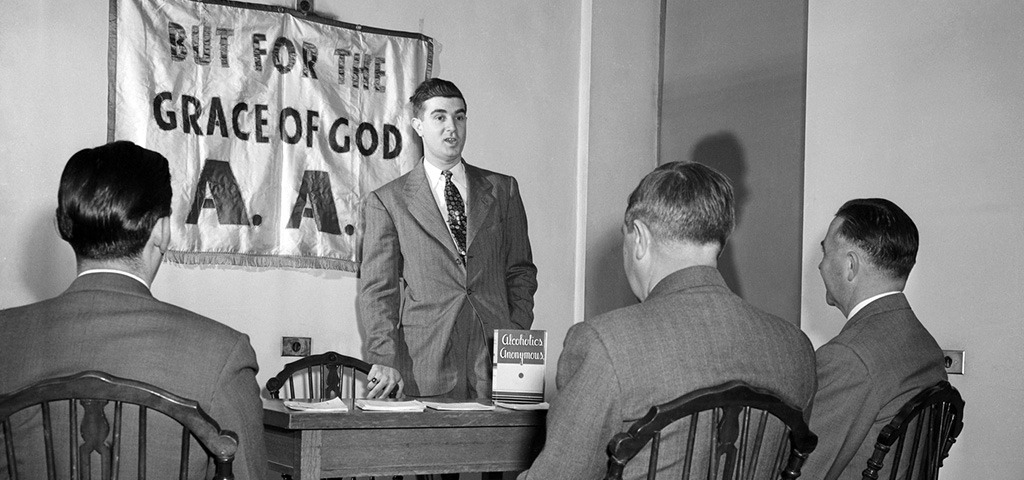
15. Alcoholics Anonymous founded
16. The Stitzel-Weller Distillery in Shively, KY, opens
It’s co-founded by Julian P. “Pappy” Van Winkle.

17. The Margarita is invented

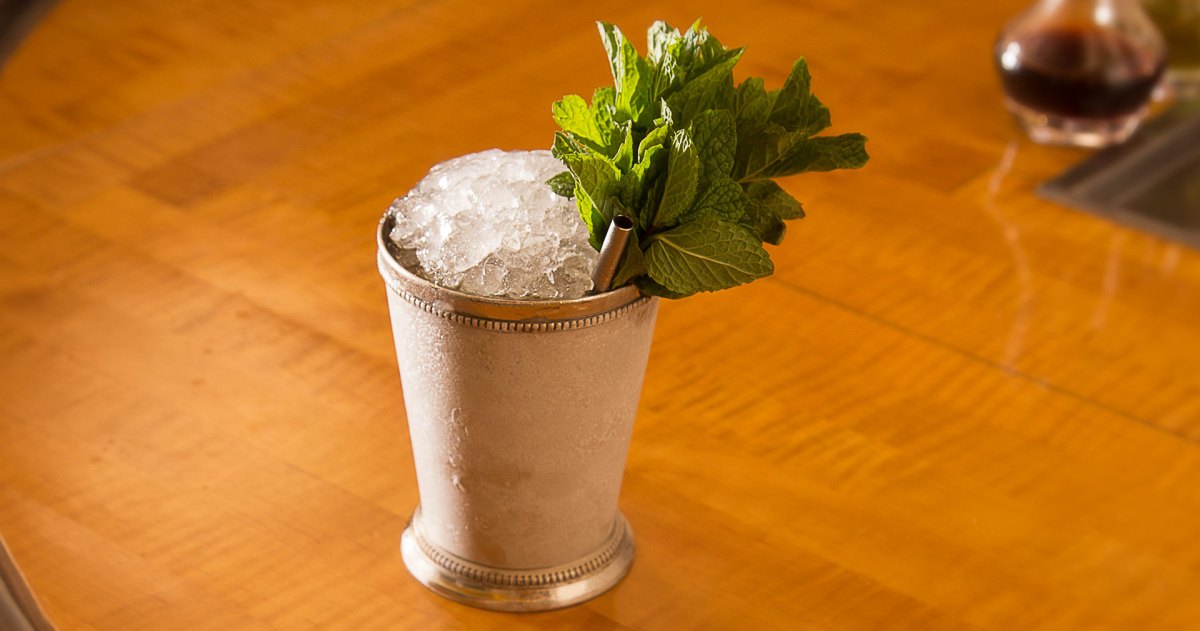
18. The mint julep becomes the official drink of the Kentucky Derby
19. Elise John Miller takes over as President of Miller Brewing
She becomes the first woman to ever operate a major brewery.
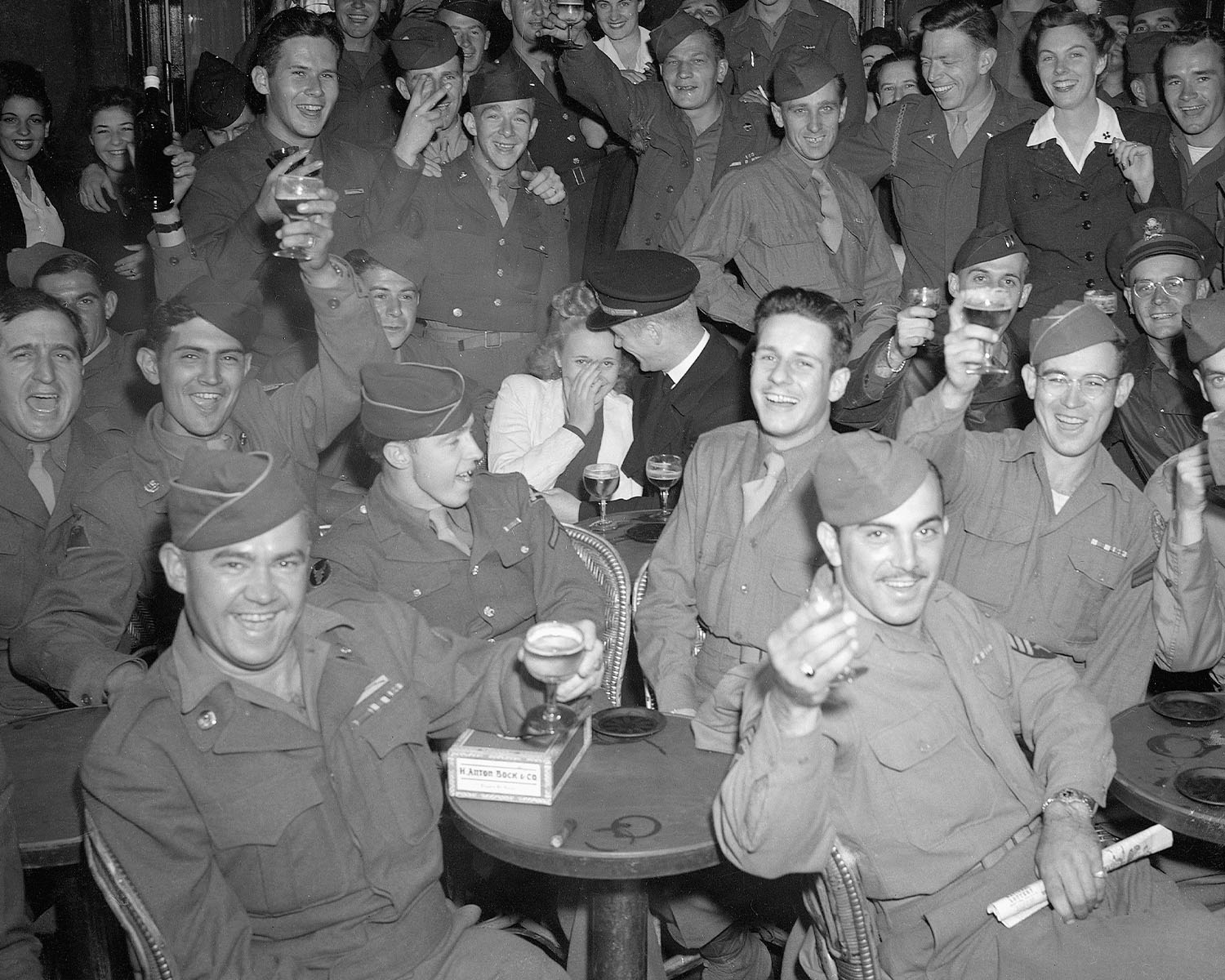

Paris, France- American troops in a club in Paris raise their glasses high and drain them as they stage a jubilant celebration of news of Japan’s surrender. Brettman / Getty Images

20. Brewers are required to allocate 15 percent of their production for military use
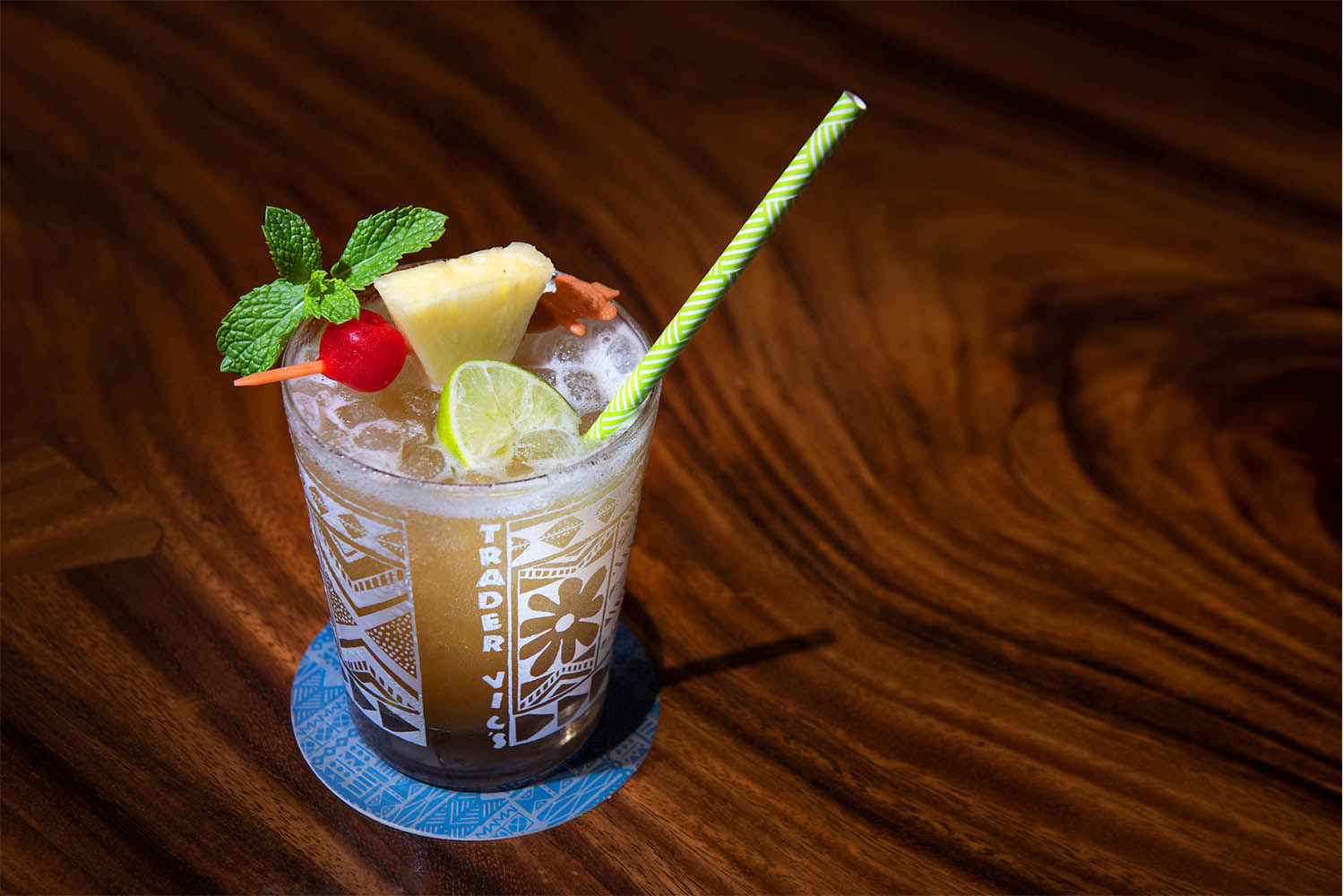
The classic Mai Tai at Trader Vic’s / Trader Vic’s Worldwide
21. The Mai Tai is invented at the tiki bar Trader Vic’s
22. Captain Morgan debuts

23. Goesart v. Cleary
In the Supreme Court case Goesart v. Cleary, a Michigan law prohibiting women from being bartenders in all cities with a population of 50,000 or more is upheld. It will later be overruled in 1976.
24. Spirits ads banned on TV
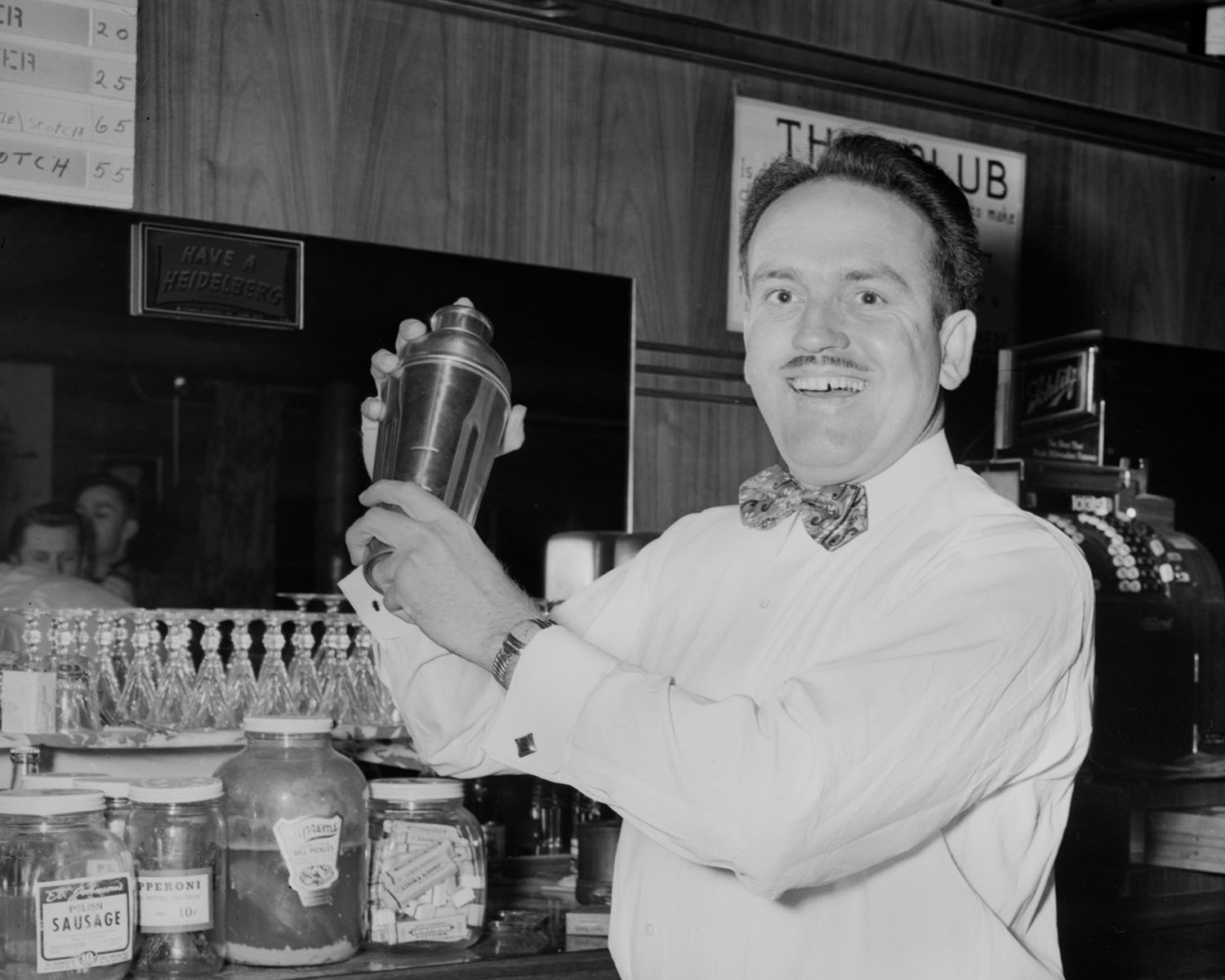

Bartender at work in a Maryland bar, ca. 1950 /
Kirn Vintage Stock / Getty Images

25. Hank Williams records “There’s a Tear in My Beer,” but the song doesn’t become a hit until 38 years later, when it’s remade by Hank, Jr.

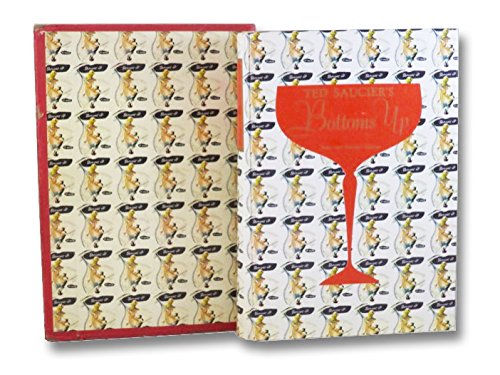
26. Ted Saucier releases the cocktail book Bottoms Up! This eventually leads to the re-introduction of a pre-Prohibition cocktail favorite: the Last Word.

27. The Cuban Revolution begins
A U.S. embargo curtails rum importation from the island. Bacardi relocates to Bermuda.
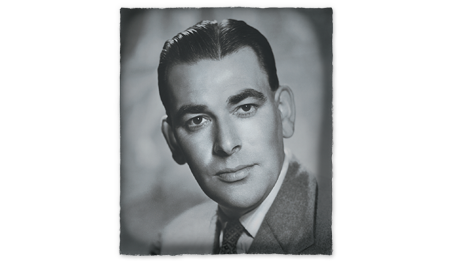
28. Continuous fermentation patented
New Zealander Morton W. Coutts patents the continuous fermentation technique by splitting the functions of the yeast into two stages — one where it grows and another where it ferments — creating a continuous flow by which brewers can add raw materials in the first stage and draw off a steady supply of beer from the second, thus increasing production efficiency.
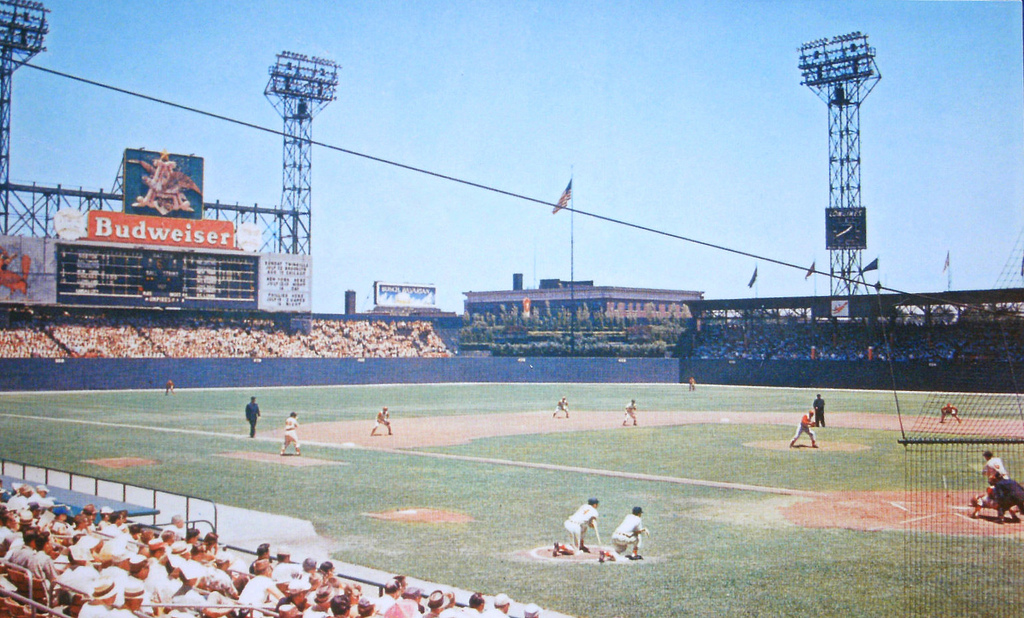
29. Anheuser-Busch buys the St. Louis Cardinals
Sportsman’s Park is purchased by August Busch in April 1953 for $800,000. The ballpark is renamed Budweiser Stadium briefly before being named Busch Stadium.

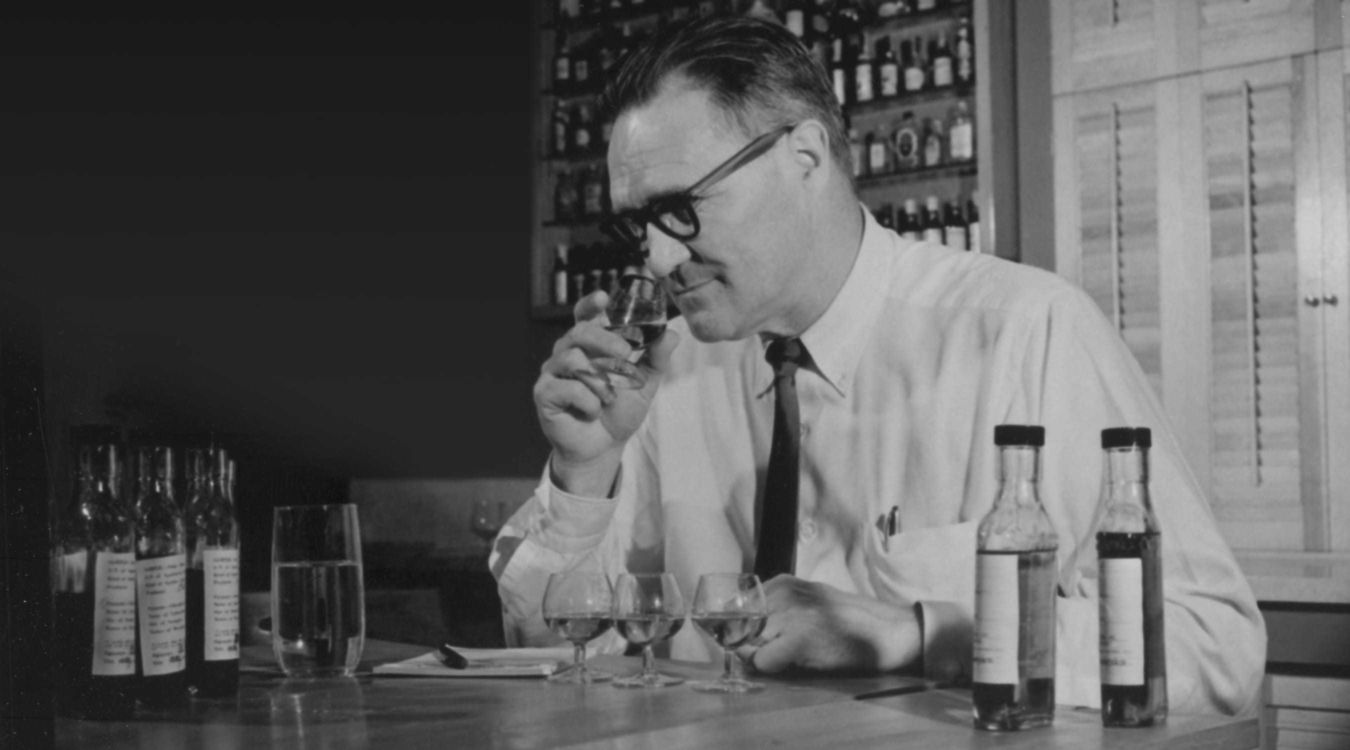
30. Production begins at the Makers Mark distillery.

“Ladies and gentlemen,
this is Jack Daniel’s,
and it’s the nectar of the gods,”
– Frank Sinatra

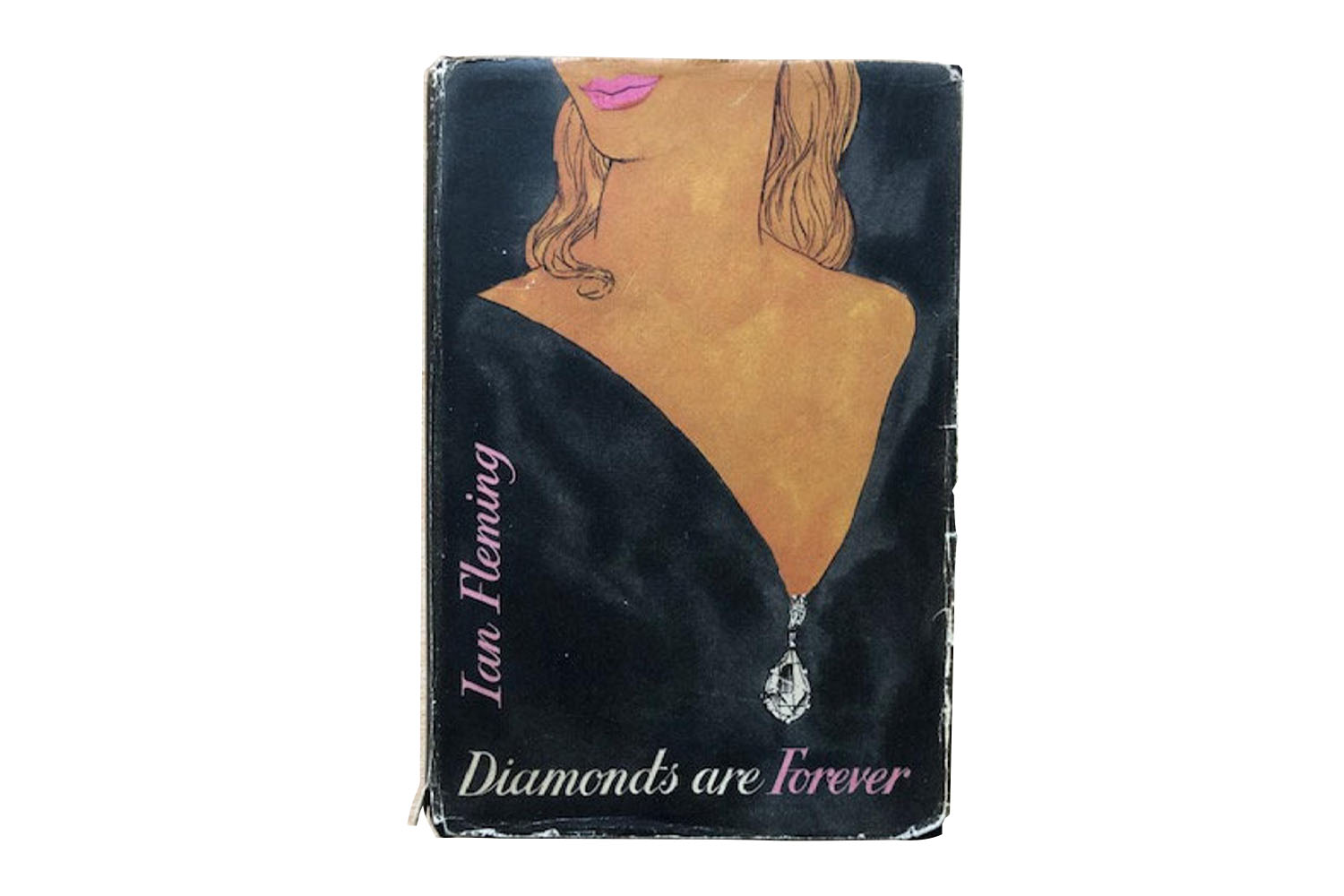
31. The infamous and very wrong “Shaken, not stirred” drink directions appear in Ian Fleming’s James Bond novel Diamonds Are Forever.

32. The Champs release “Tequila!”

33. Soviet leader Nikita Khrushchev enjoys a bourbon highball during a meeting with Richard Nixon. “This is very good whiskey,” he said. “But you Americans spoil it. You put in more ice than whiskey.”


Harry’s American Bar launches a new cocktail in honor of the Apollo-11 astronauts. Christened “Moon Shot” it is “guaranteed to make anybody take off” / Bettman / Getty Images

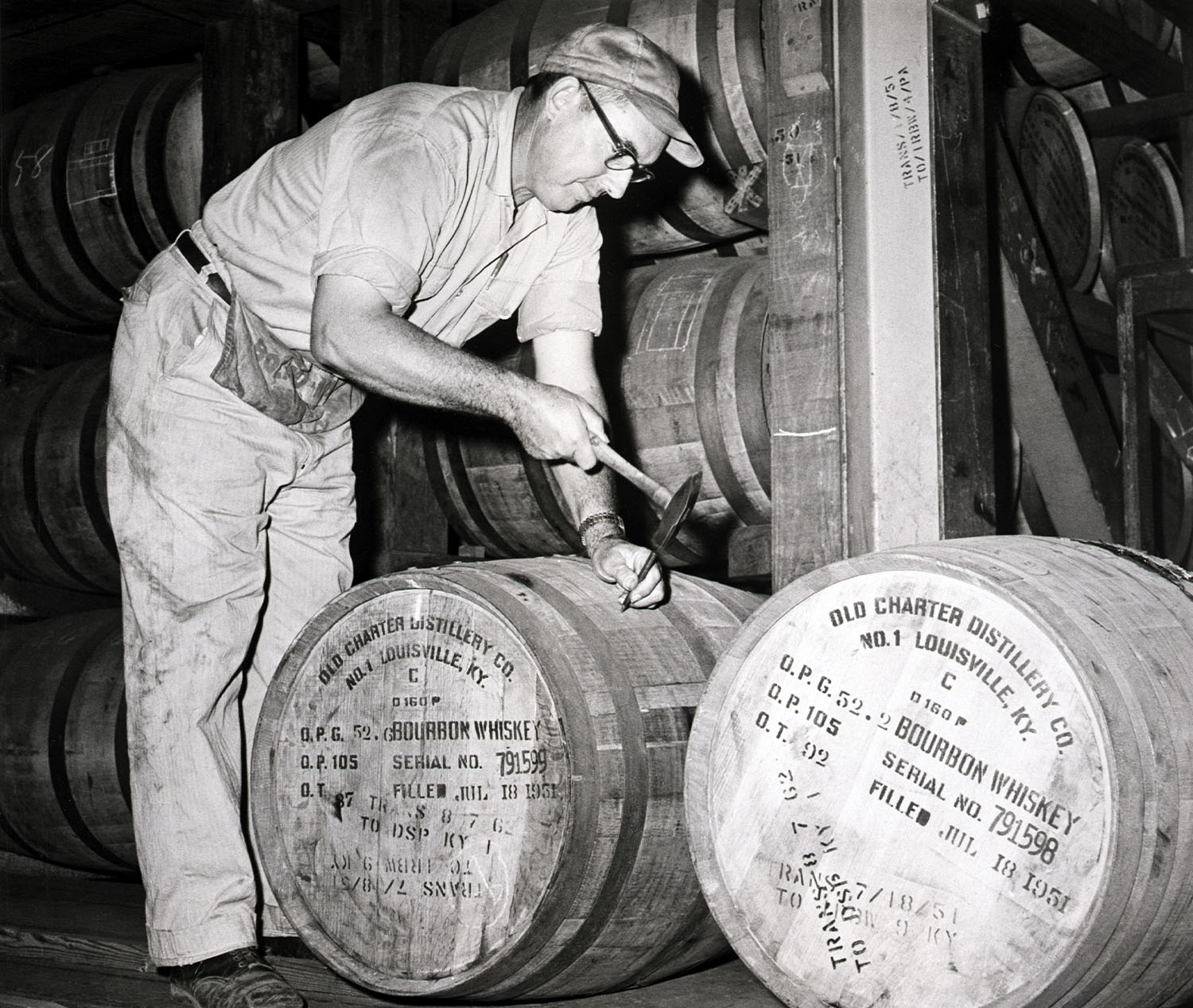
Distiller Joseph Wathen plugs a bourbon whiskey barrel in the warehouse of a Louisville, Kentucky, distillery / Bettman / Getty Images
34. Bourbon declared America’s official distilled spirit
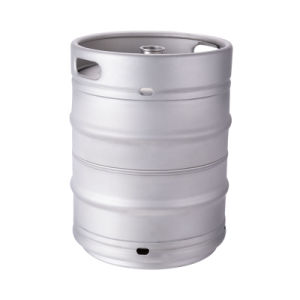
35. Metal kegs introduced in Germany
36. Sangria is introduced to the U.S. at the World’s Fair in Seattle

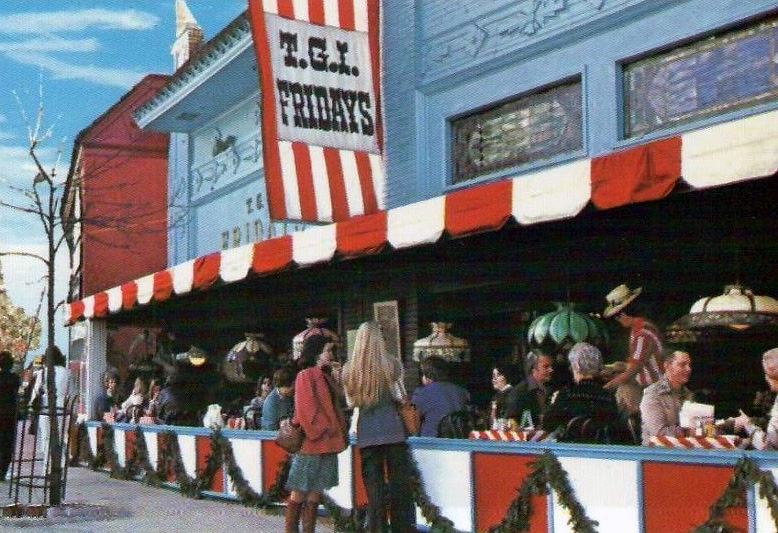
37. With the opening of the first T.G.I. Friday’s, the singles bars movement begins.
38. Boxed wine is invented in South Australia

39. Mississippi is the last state to repeal Prohibition

40. The first Super Bowl beer ad debuts
It’s for Schlitz.
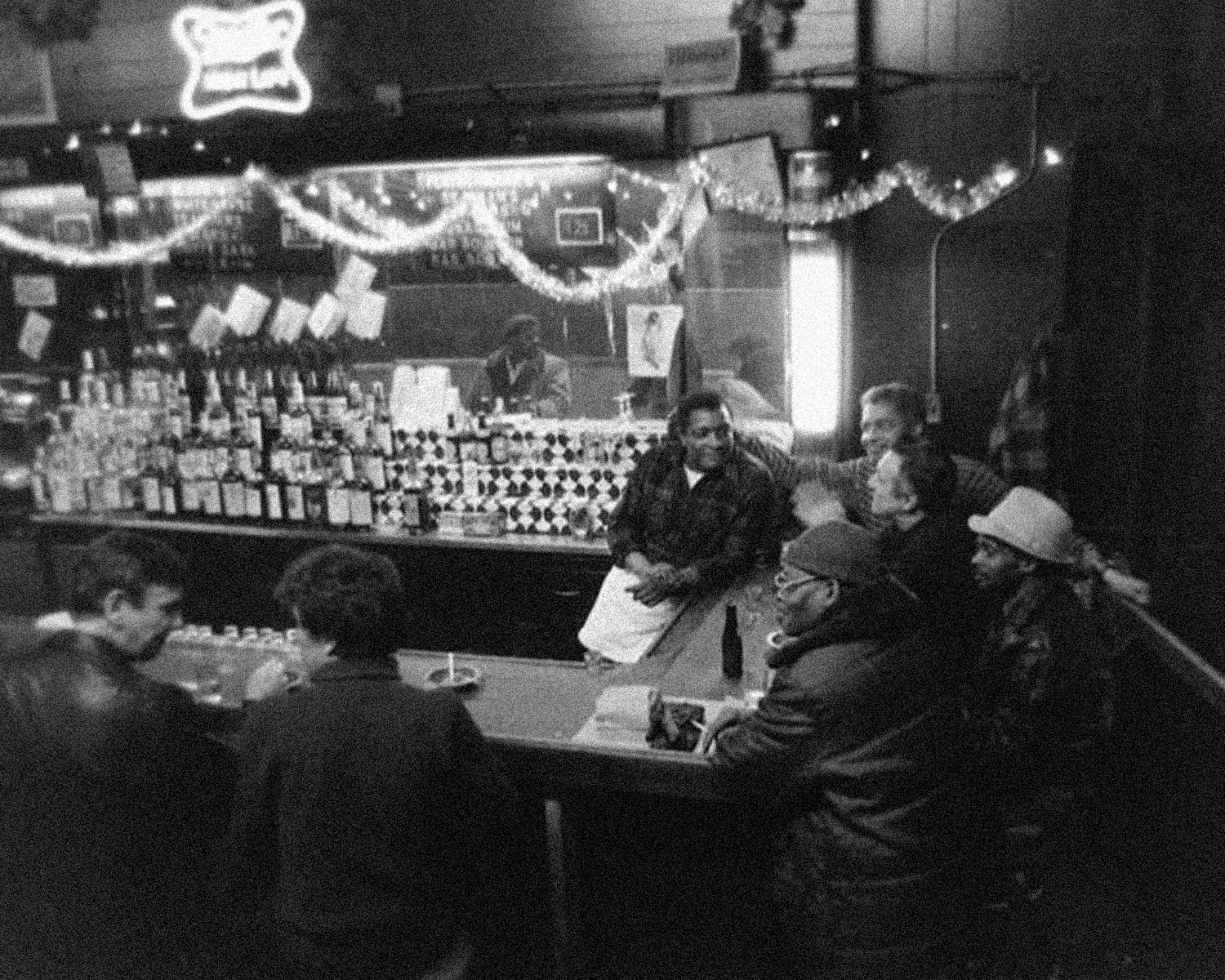

Patrons and a bartender inside Terminal Bar, NYC / Sheldon Nadelman

41. The frozen Margarita machine is invented in Dallas
42. Cascade Hops released
Cascade hops, now the most widely used hop variety by American craft breweries, are released to brewers for the first time after being developed at Oregon State University (and named for the Cascade mountain range) by Dr. Stanley Nelson Brooks and Jack Horner.

43. Miller Lite becomes the first mainstream light beer
44. Vodka outsells whiskey in the US for the first time
It still does to this day.
45. The Distilled Spirits trade group founded

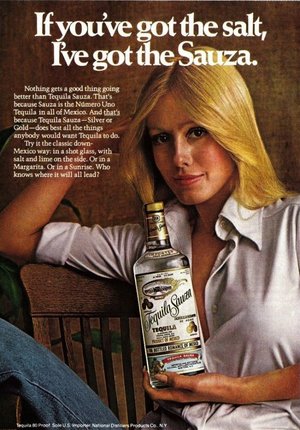
Sauza Tequila ad, 1975 / Alcohol Professor
46. Tequila named intellectual property of Mexico, thus prohibiting its production elsewhere

47. The Judgement of Paris takes place
The Judgement of Paris (formally known as the Paris Wine Tasting of 1976) establishes California as a serious contender in the wine-making game after a panel of judges score several Cali-based wines above top-rated Bordeaux and white Burgundy in a blind tasting.

48. Jimmy Buffett releases “Margaritaville”
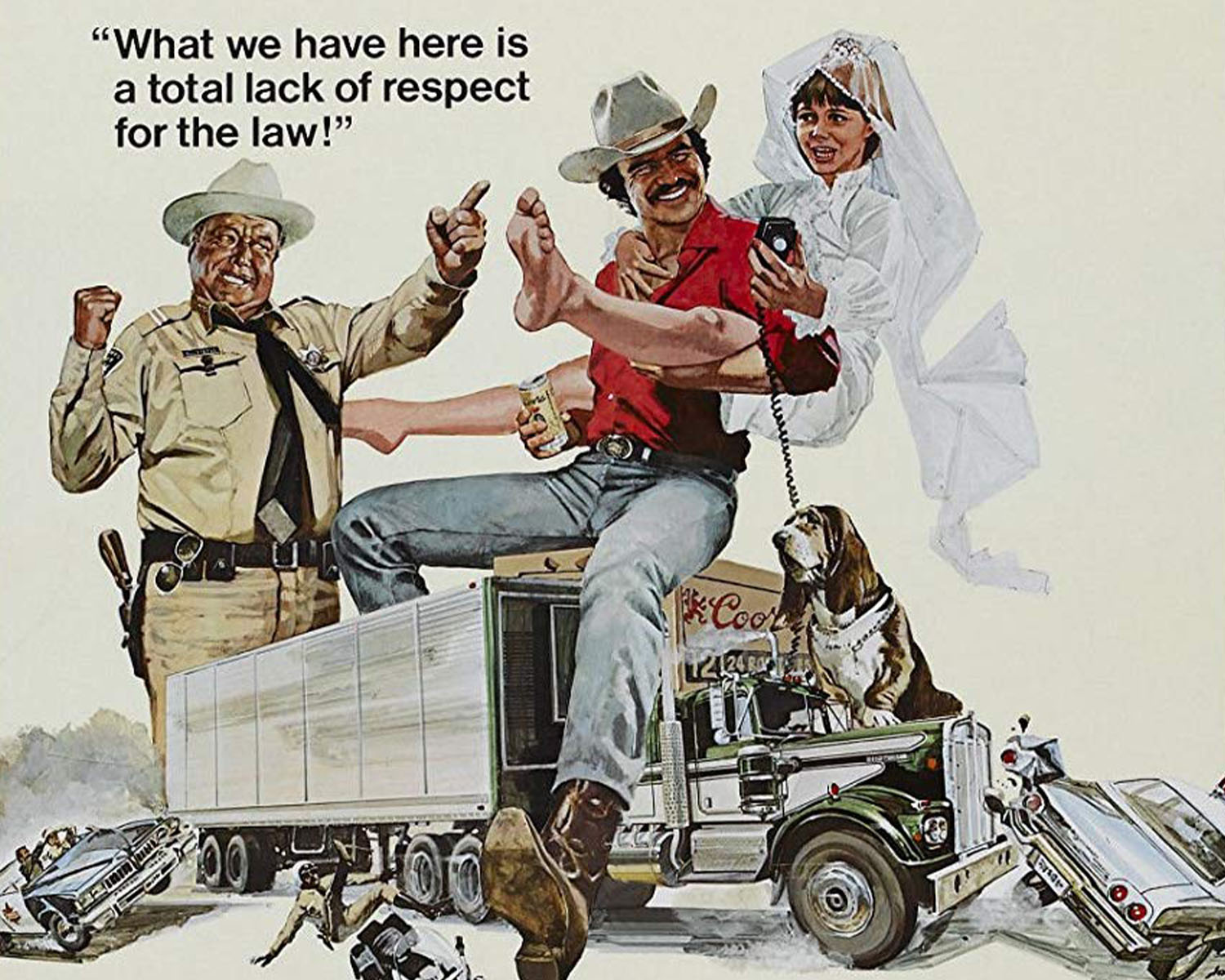
49. Smokey and the Bandit released — aka the movie in which Burt Reynolds smuggles a truck full of Coors (!) across the country.
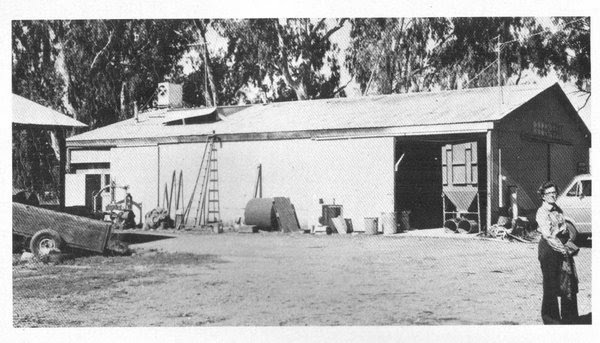
50. New Albion Brewery, America’s first craft brewery, opens

51. Home brewing becomes legal on a federal level in the U.S.; The American Homebrewers Association is formed
52. Orson Welles begins appearing in ads for the Paul Masson California wine


53. Herbert Allen introduces the “Screwpull” corkscrew, a device made to make opening wine bottles fool-proof. The screwpull was later purchased by Le Cruset and is now part of the Museum of Modern Art’s permanent collection.
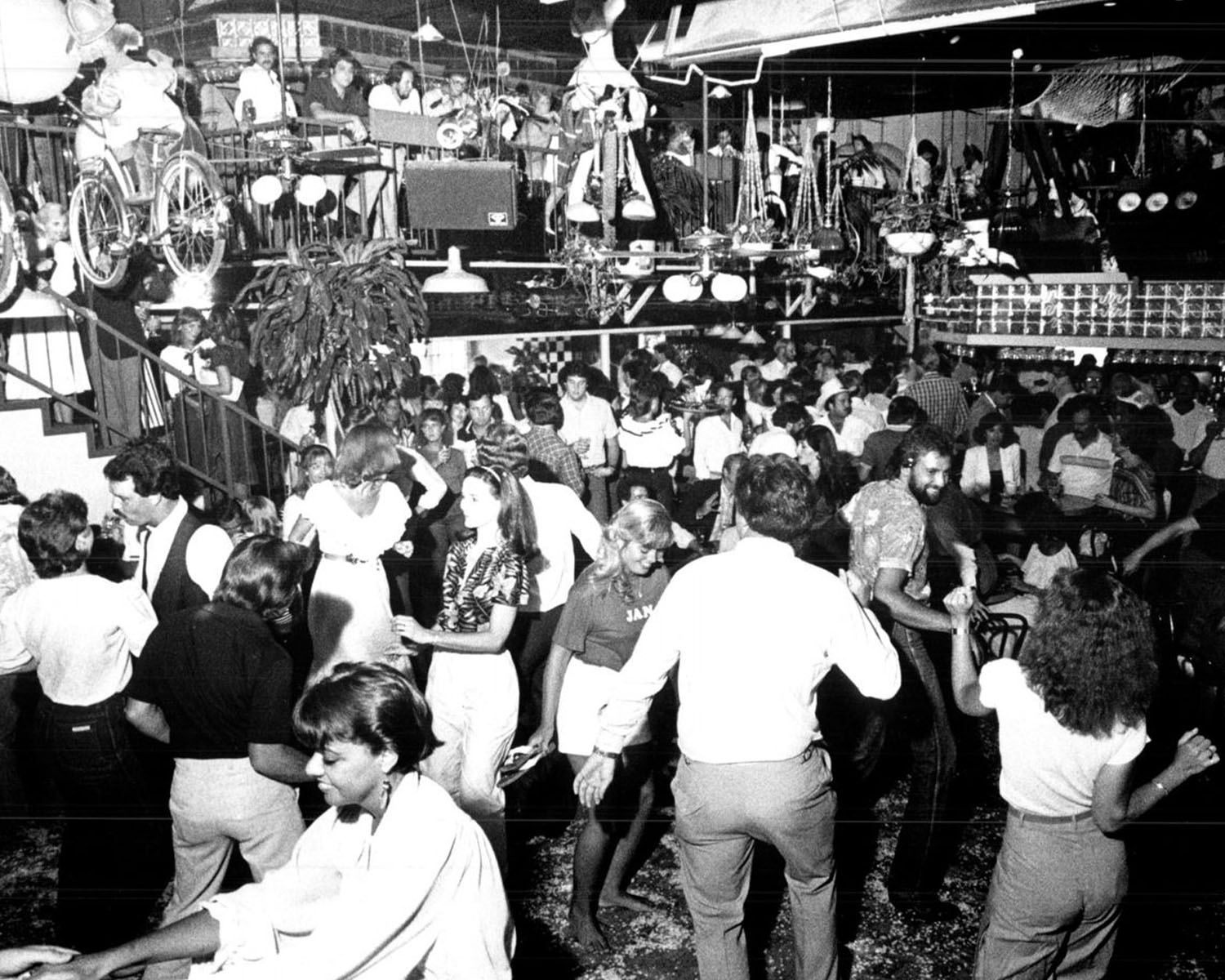

“Micky-Finn Clubs” of Dallas in the 1980s / Joe Laird / Dallas Morning News

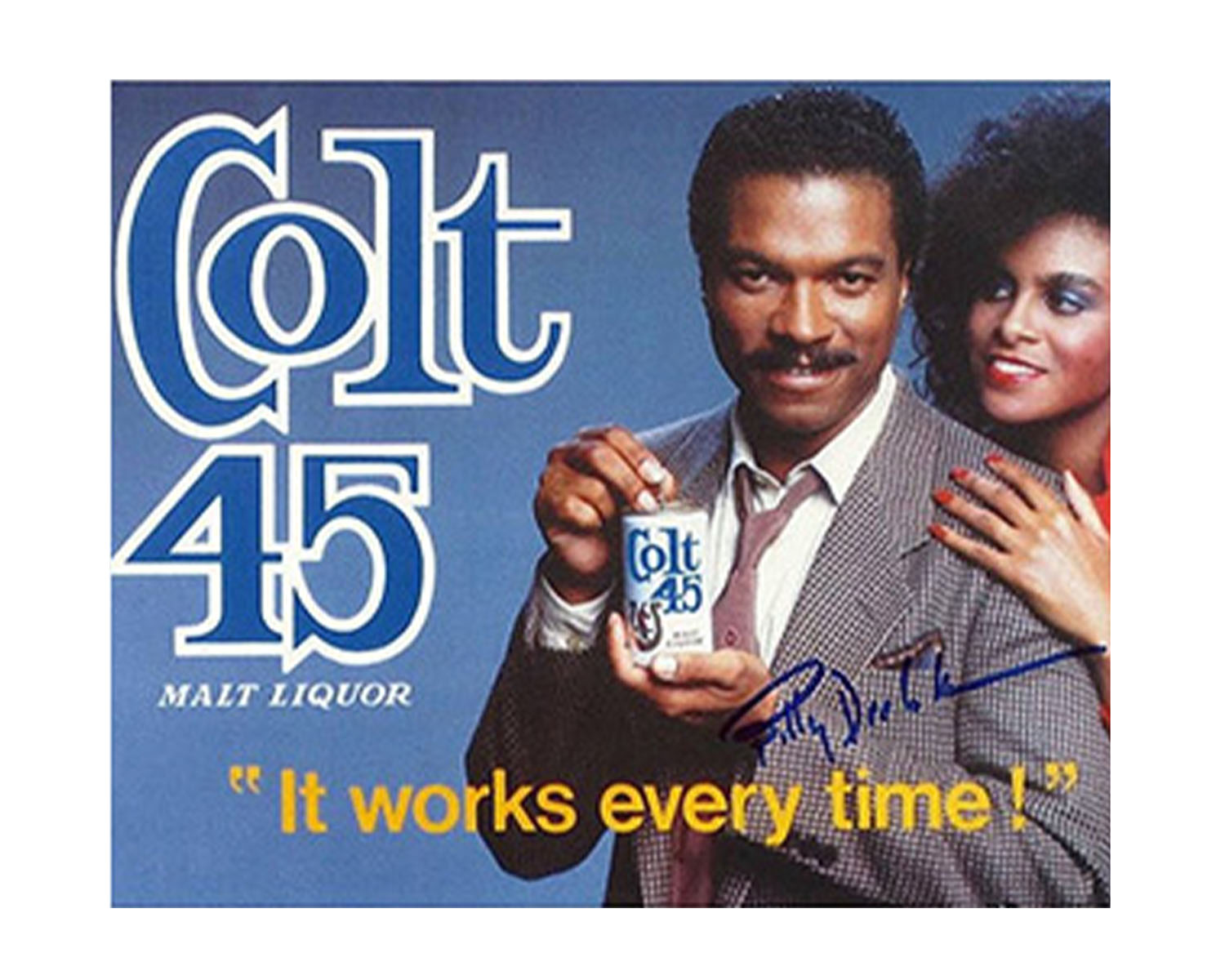
54. Billy Dee Williams stars in several iconic ads for Colt 45.
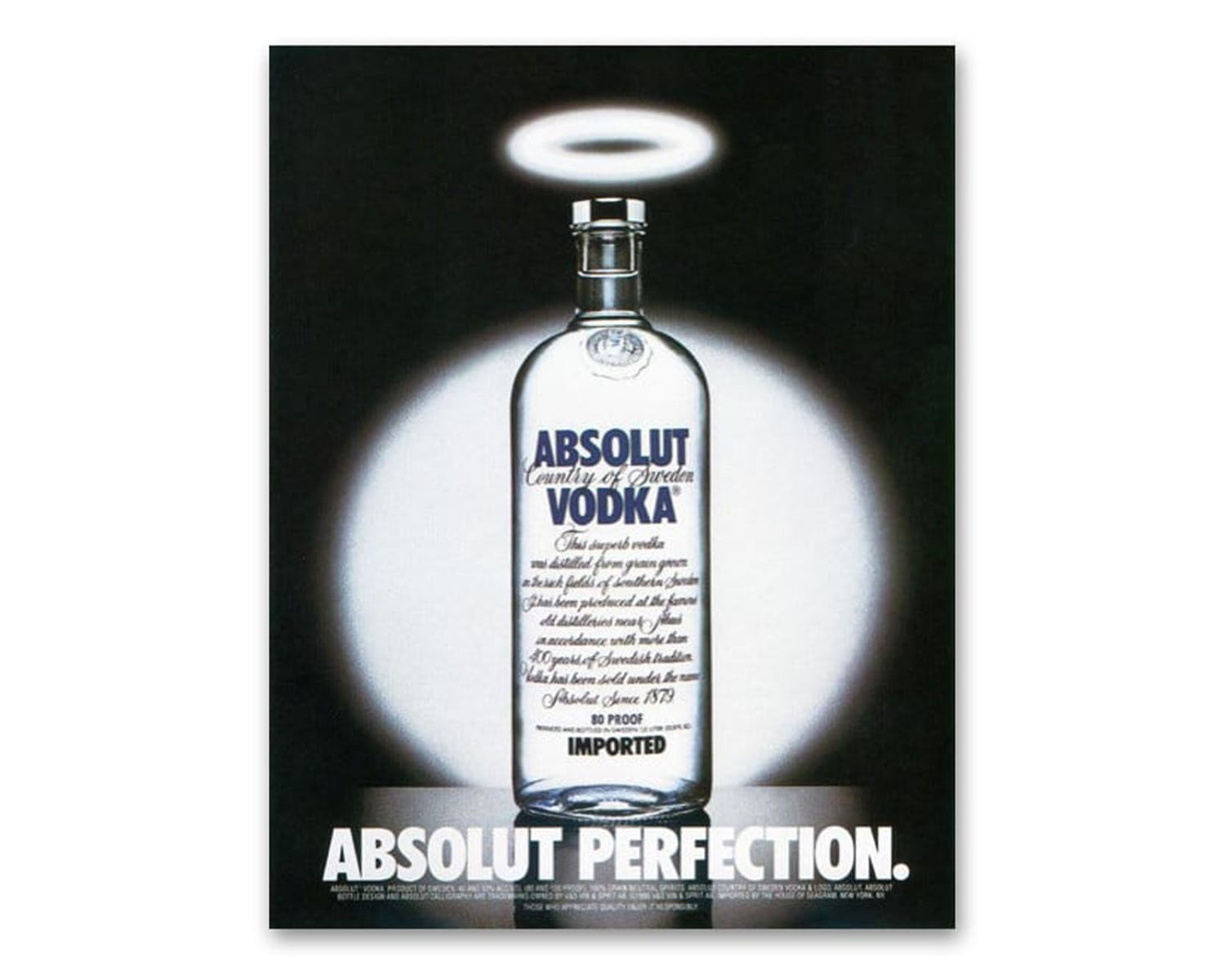
55. Absolut begins its iconic print advertising campaign.

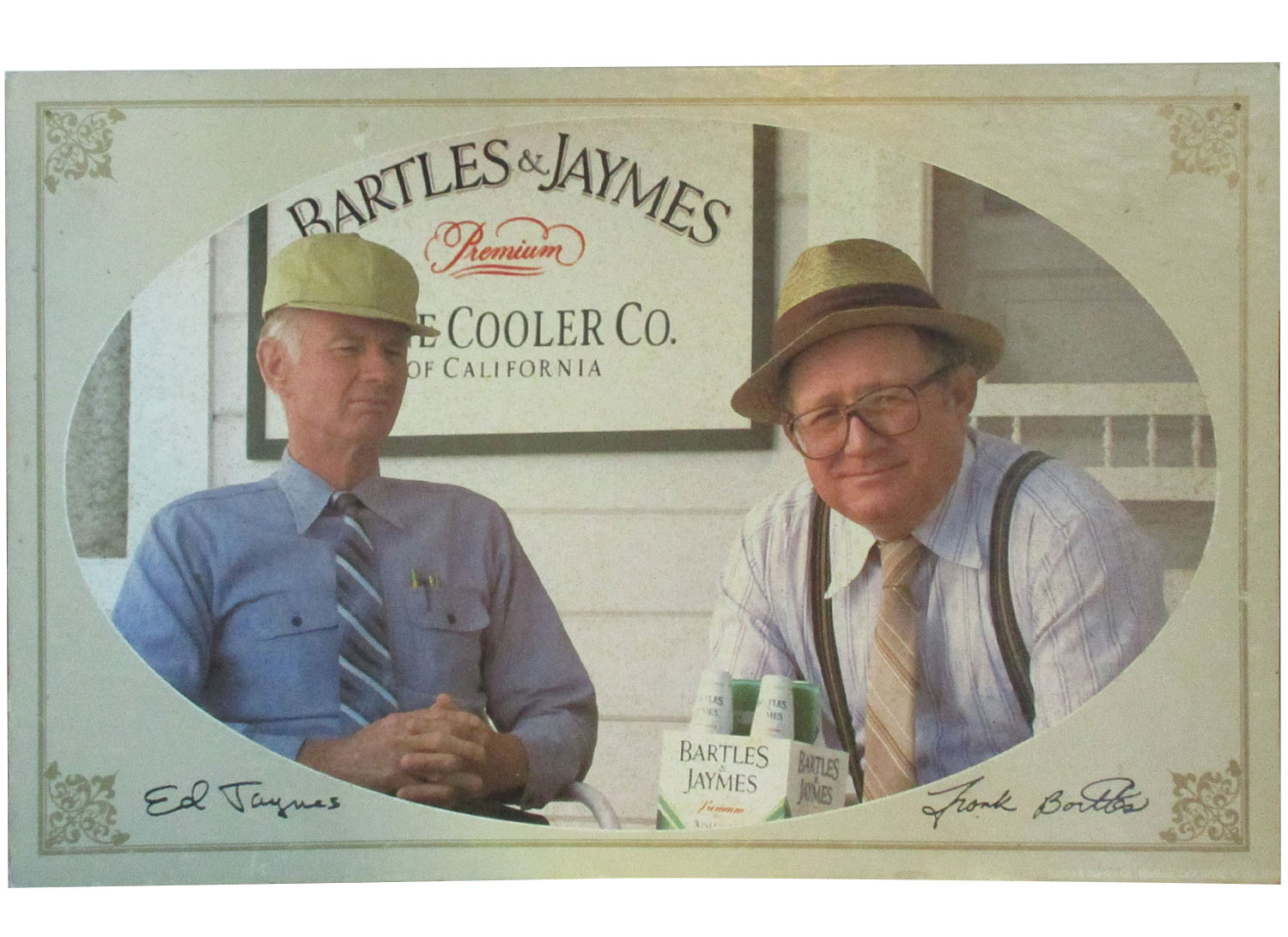
56. Bartles & Jaymes releases a line of wine coolers
Their well-loved ad campaign, starring two fictional old men as the wine’s namesakes, started in 1984.

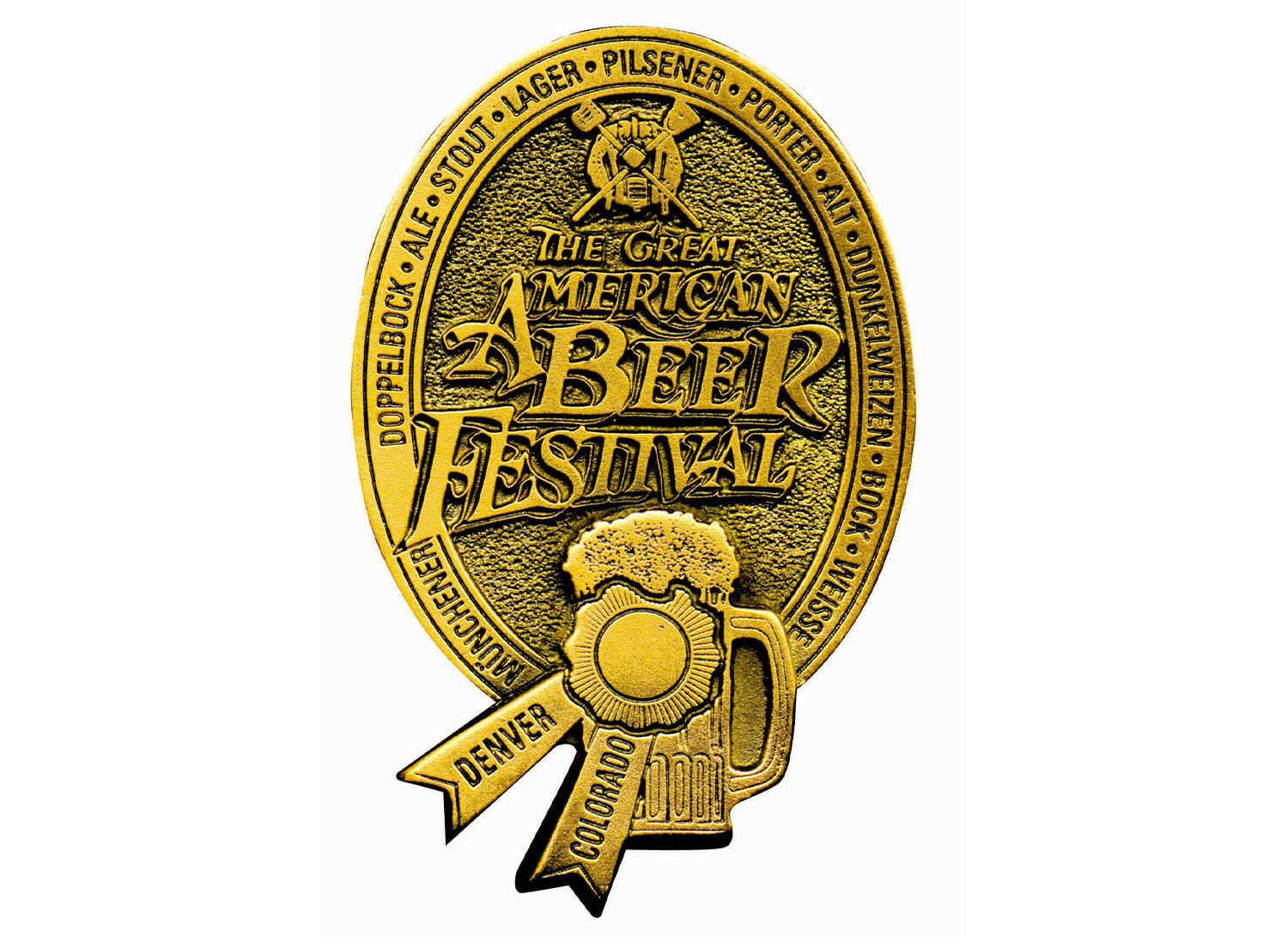
57. The First Great American Beer Festival takes place
58. “Cork taint” identified as a wine fault
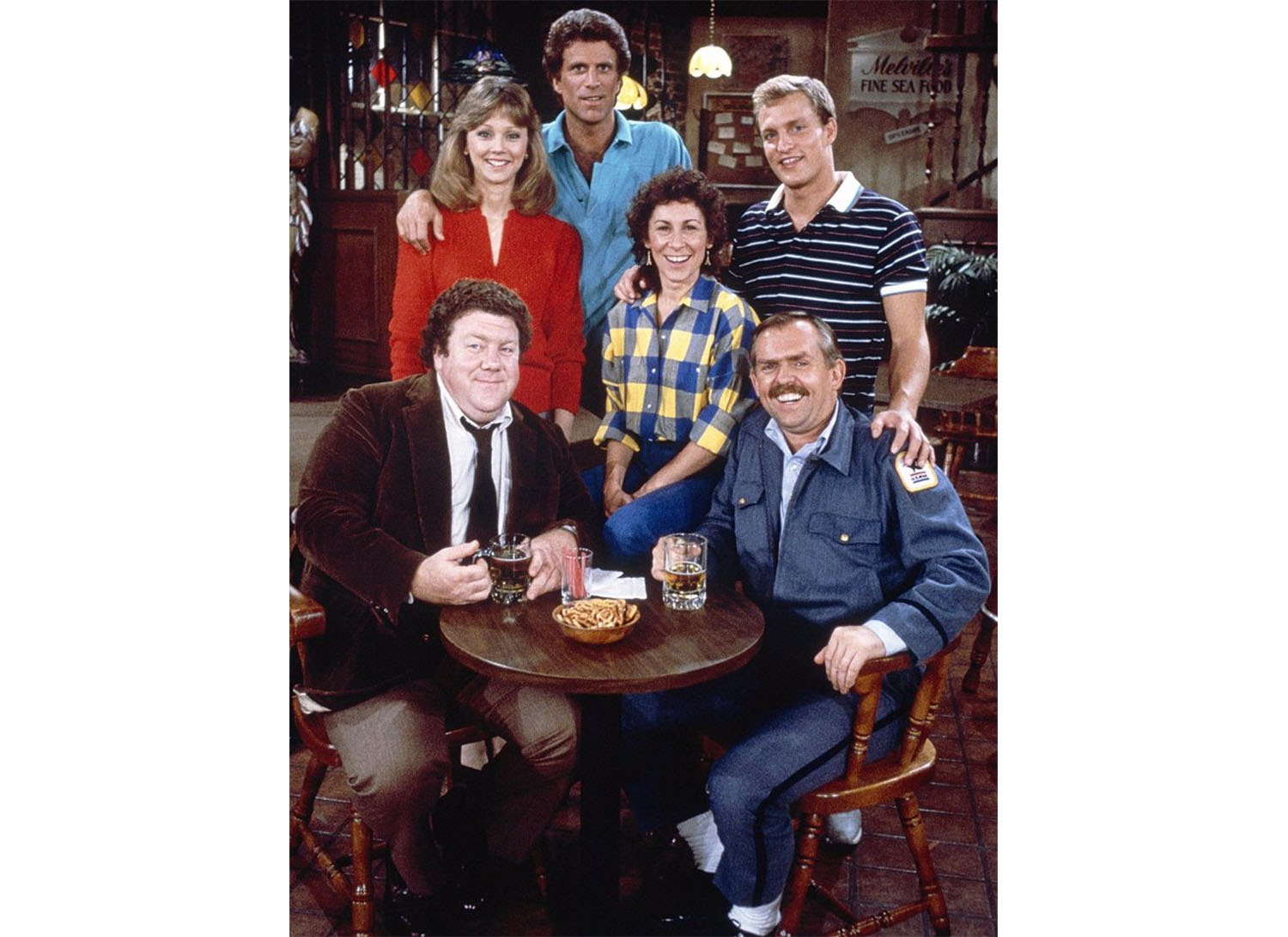
59. Cheers debuts on NBC

60. An outbreak of grapevine-destroying pest Phylloxera occurs in Napa, destroying around 50,000 acres, about half of the total vines
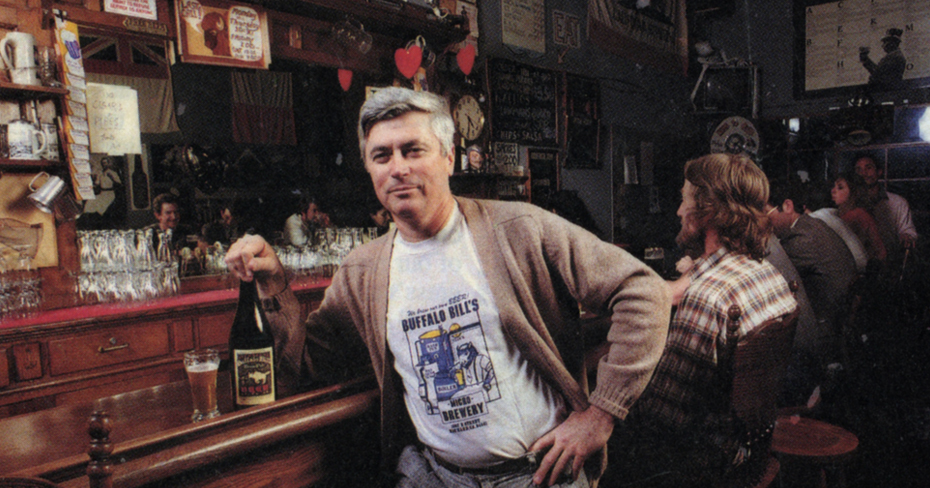
61. Buffalo Bill’s Brewery, the first brewpub in America, opens its doors in Hayward, California. Prior to January of that year, it was illegal for brewers to sell directly to consumers, but California Assembly Bill 3610 allows them to do so provided they also serve food.

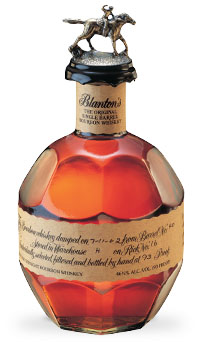
62. Blanton’s introduces the first modern brand of single barrel bourbon
“Heineken? Fuck that shit! Pabst Blue Ribbon! That’s what you’ll drink tonight!”
— Frank Booth, Blue Velvet

63. Mixologist Dale DeGroff takes over the Rainbow Room in New York
64. Guns N’ Roses release Appetite for Destruction, featuring an ode to the cheap fortifed wine Night Train Express (“Nighttrain”)
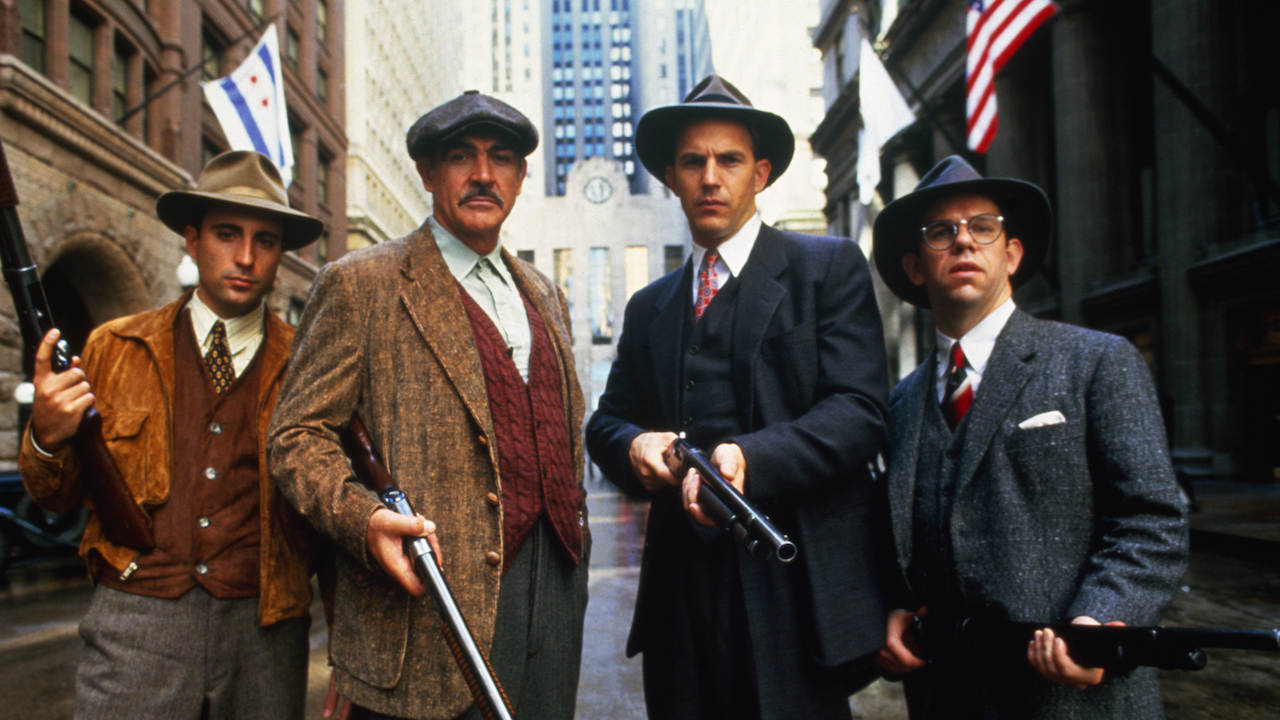
65. The Untouchables is released, and we all relive Prohibition

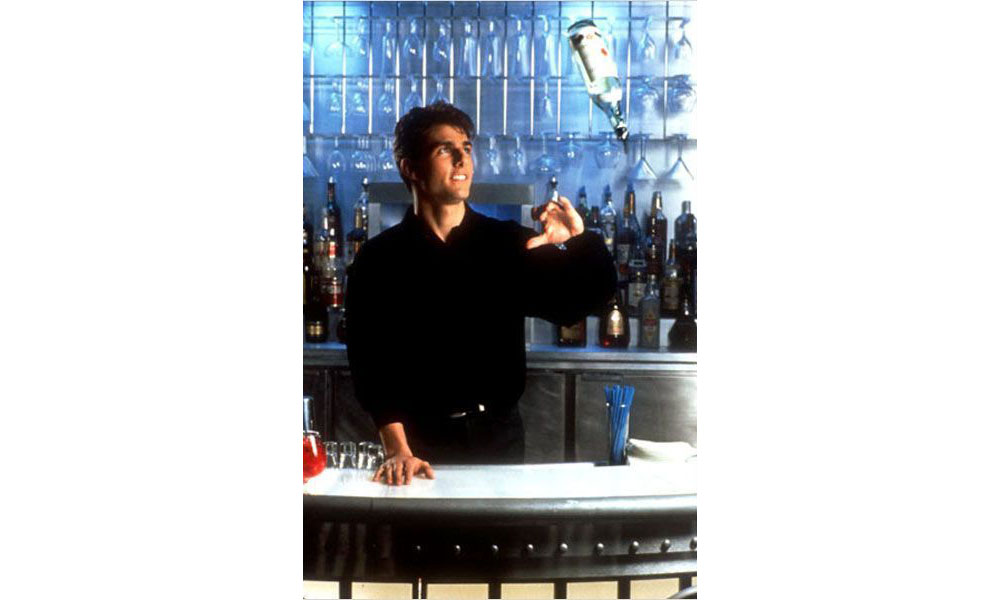
66. Cocktail is released. Bar flair reaches the popular consciousness.
67. The term “Small batch bourbon” is coined by Booker Noe, former Jim Beam master distiller, when he releases Booker’s Bourbon

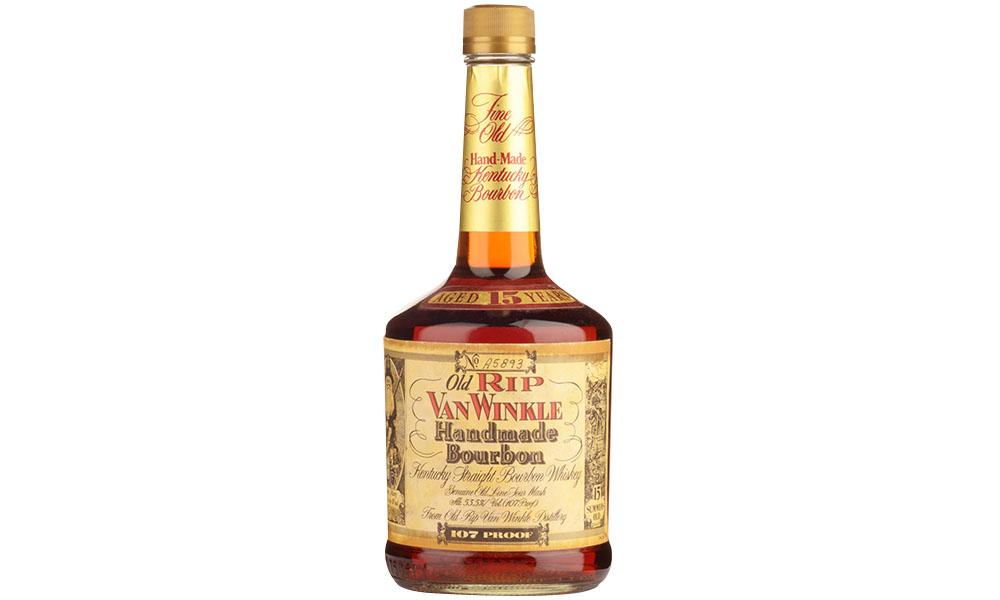
68. Old Rip Van Winkle 15 is released; it will later be replaced by Pappy Van Winkle 15 in 2004
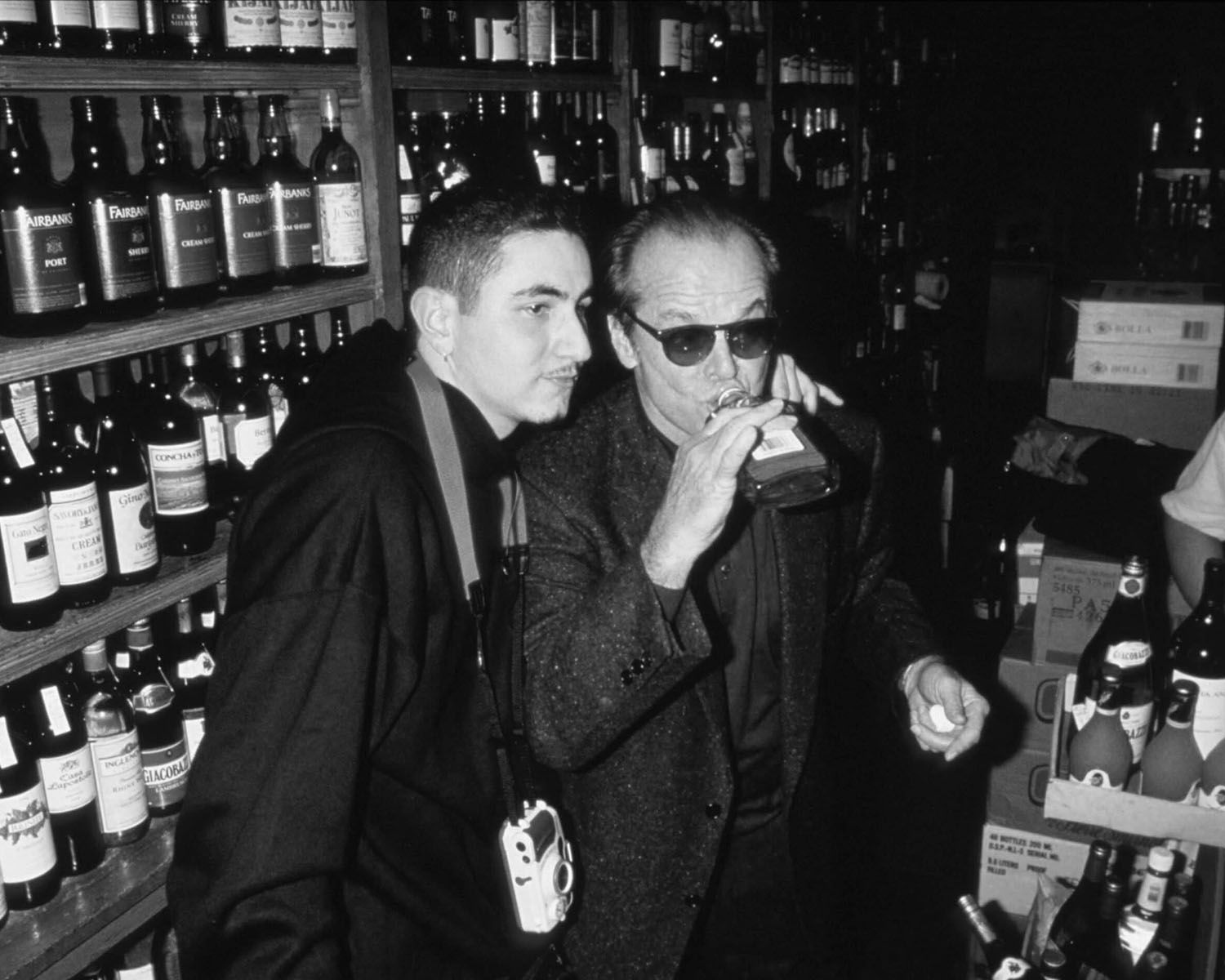

Jack Nicholson drinks in a liquor store December 15, 1997 in Queens, NY / Arnaldo Magnani / Liason

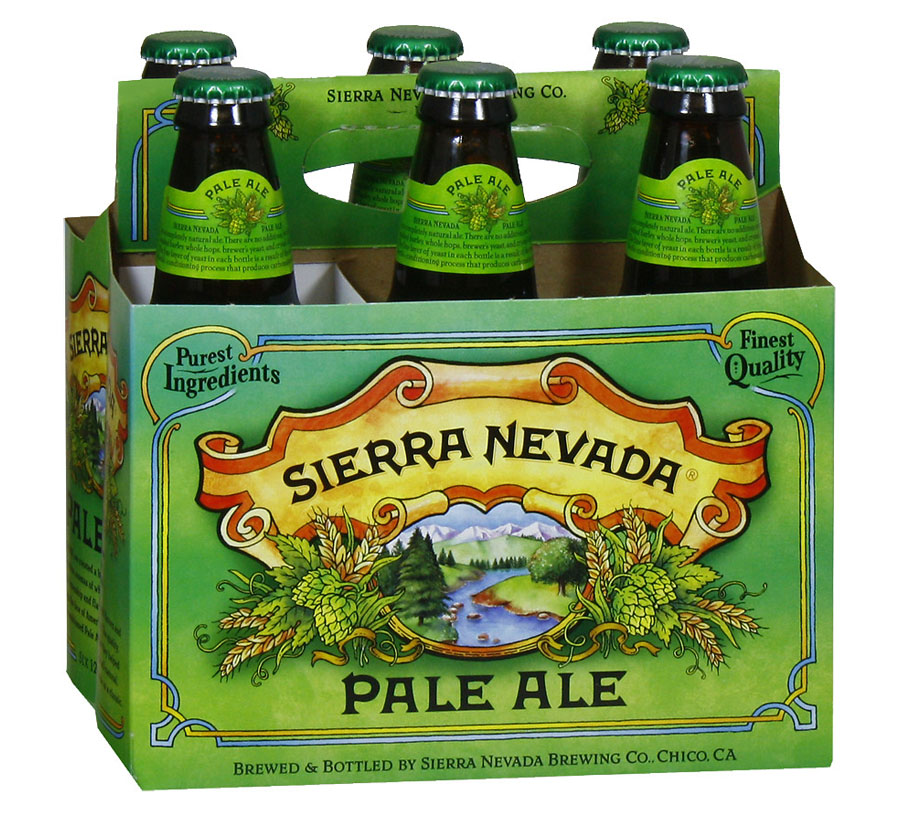
69. Sierra Nevada becomes the first microbrewery to break out of that classification.

“I ate his liver with some fava beans and a nice chianti.”
— Hannibal Lecter, The Silence of the Lambs

70. Snoop Dogg releases “Gin & Juice”

71. For the first time since 1935, it’s legal for beers to list ABV on their labels. It had previously been illegal because Congress feared breweries would engage in “strength wars” and consumers would just want to buy the beer with the highest ABV.

72. The ban on televised spirits ads is lifted

73. Brewery Ommegang builds the first Belgian-style farmhouse brewery in the U.S. since before Prohibition

“To alcohol! The cause of, and solution to, all of life’s problems.”
— Homer Simpson, during The Simpsons Prohibition-themed episode “Homer vs. the Eighteenth Amendment”

74. Sex and the City debuts. The Cosmo explodes.

75. The Kentucky Bourbon Trail Adventure is launched
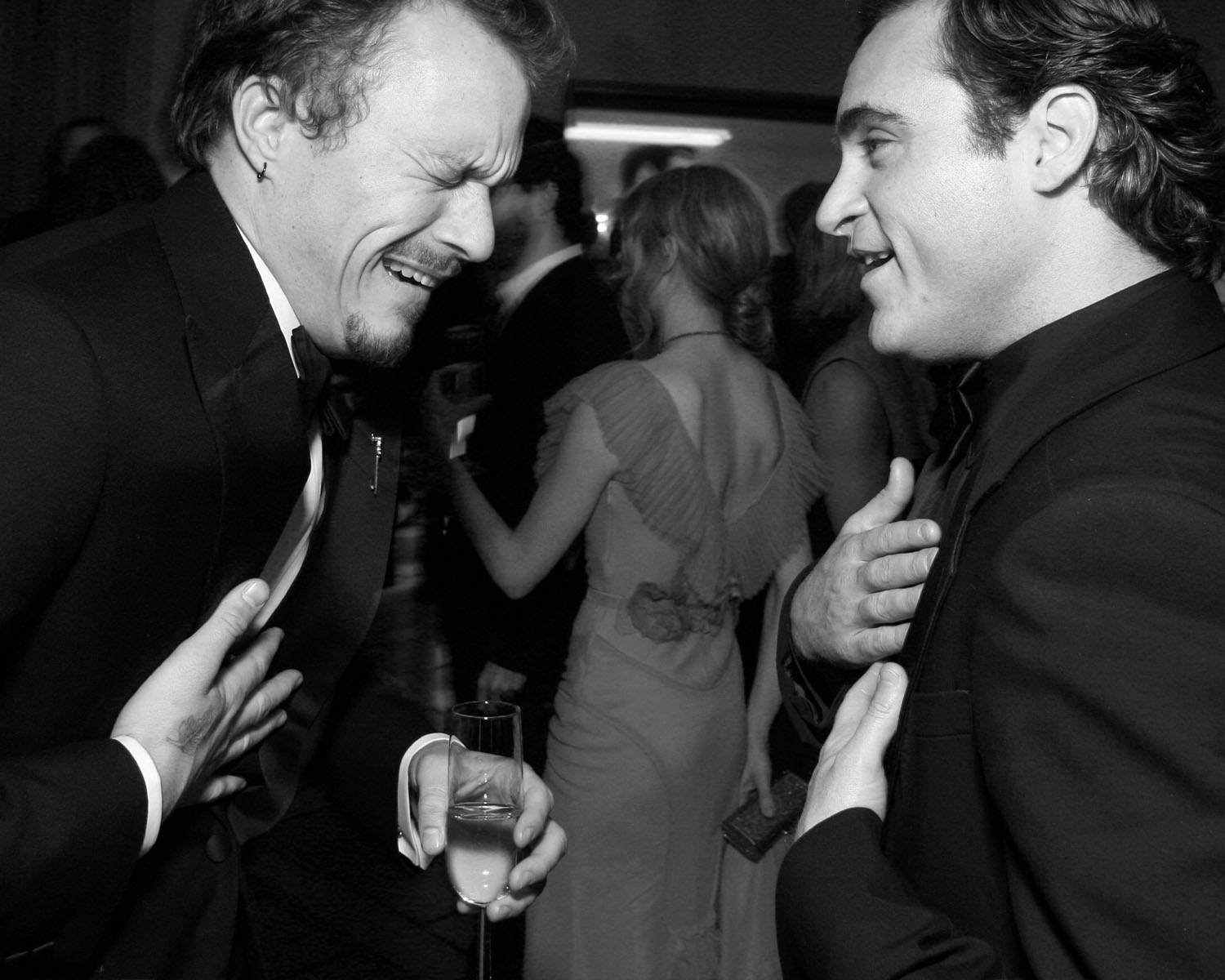

Heath Ledger and Joaquin Phoenix enjoying champagne at the 2006 Vanity Fair Oscar Party /
E. Charbonneau / WireImage

76. The inaugural San Francisco World Spirits Competition takes place
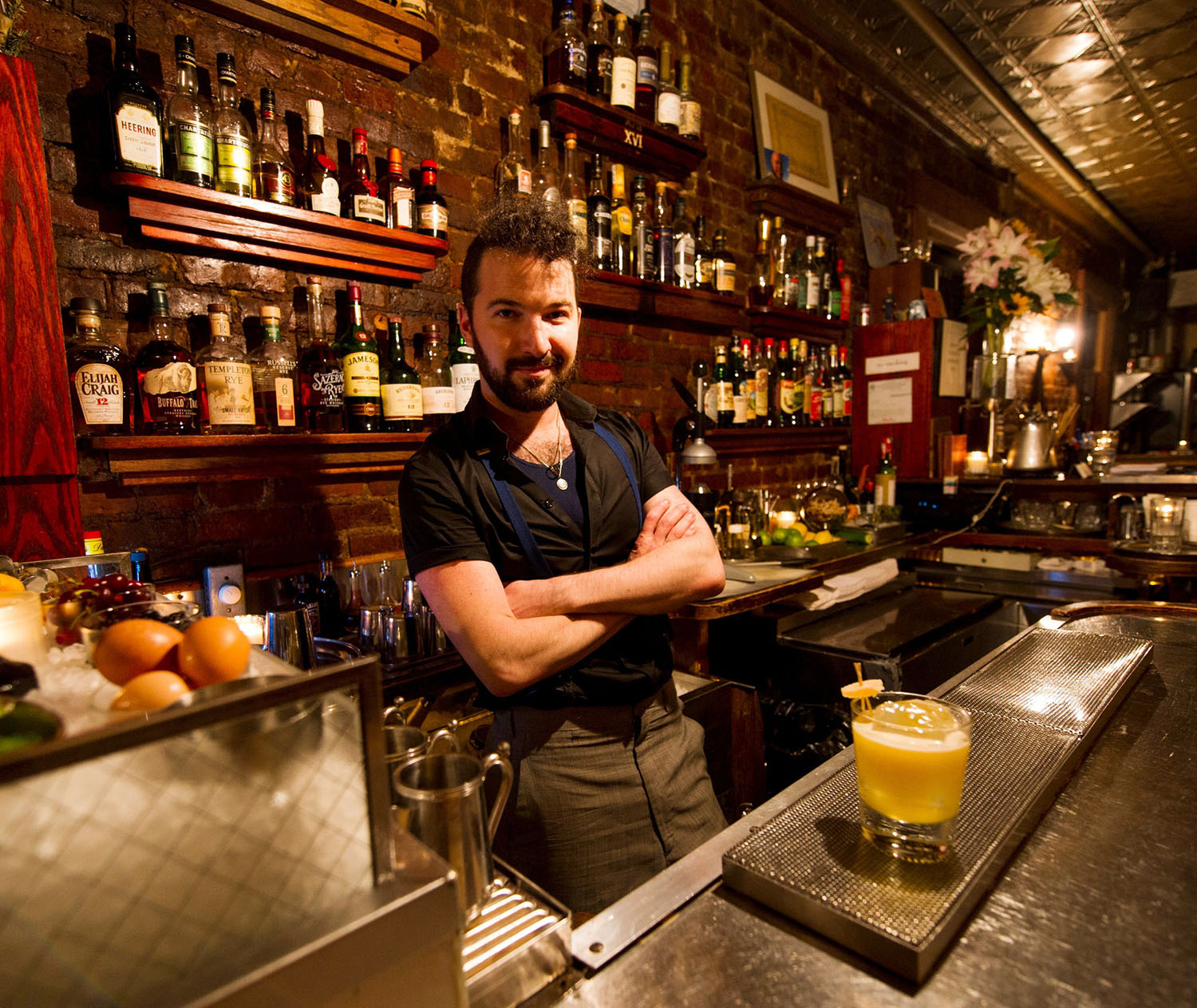
“When Sasha Petraske opened his bar Milk & Honey on a desolate Lower East Side block in 2000, the coming cocktail revival was barely a pie-eyed glimmer in the public’s eye.” – Robert Simonson New York Times / Evan Sung for The New York Times
77. Milk & Honey opens in New York, signaling the beginning of the craft cocktail movement

78. Lost In Translation comes out, and Japanese Whisky begins its march to prominence
79. Tales of the Cocktail, an annual trade conference for the cocktail and spirits industries, is founded in New Orleans
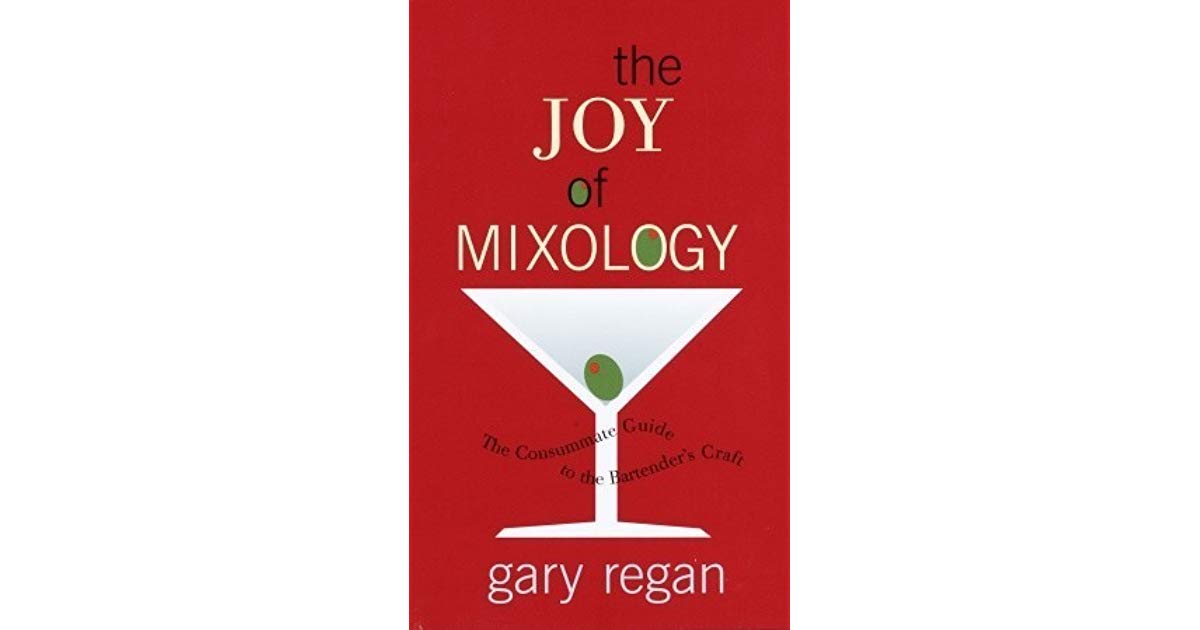
80. Gary Regan releases the massively influential cocktail book The Joy of Mixology


81. Jim Beam creates Red Stag, hailing the dawn of the flavored whiskey category
82. Sideways is released, and pinot noir production increases 170 percent over the next decade … while merlot sales slightly decline

83. The Association of Brewers and the Brewers’ Association of America merge to form the Brewers Association with the mission to “promote and protect small and independent American brewers, their craft beers and the community of brewing enthusiasts.”
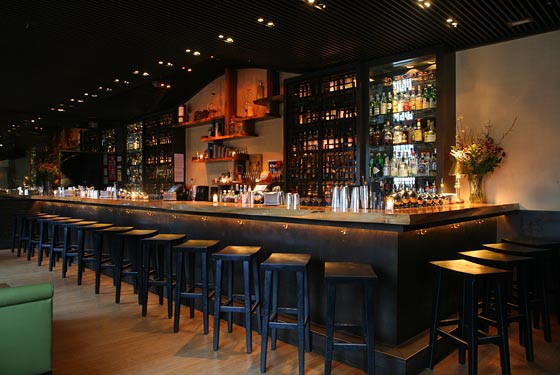
The Pegu Club / WorldsBestBars.com
84. Audrey Saunders opens Pegu Club in New York, one of the most influential bars in the cocktail revival movement
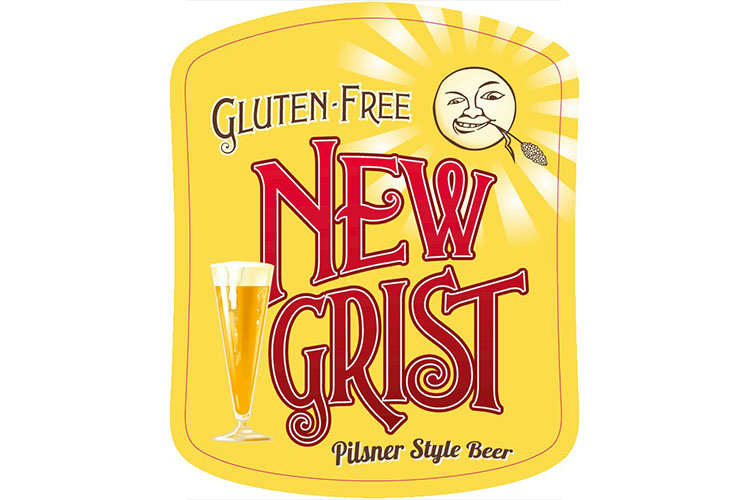
85. New Grist released
Via Lakefront Brewery, it’s the first gluten-free beer.
86. In Granholm v. Heald, the Supreme Court rules that laws permitting in-state wineries to ship wine directly to consumers while prohibiting out-of-state wineries from doing the same are unconstitutional.

87. Dos Equis launches The Most Interesting Man in the World ad campaign

The pickleback is created at the Bushwick Country Club, Brooklyn
88. The pickleback is invented in Brooklyn
89. Jay-Z drops support for Cristal after the brand’s Managing Director Frédéric Rouzaud of Roederer makes racist comments about the drink’s popularity with rappers and their fans.

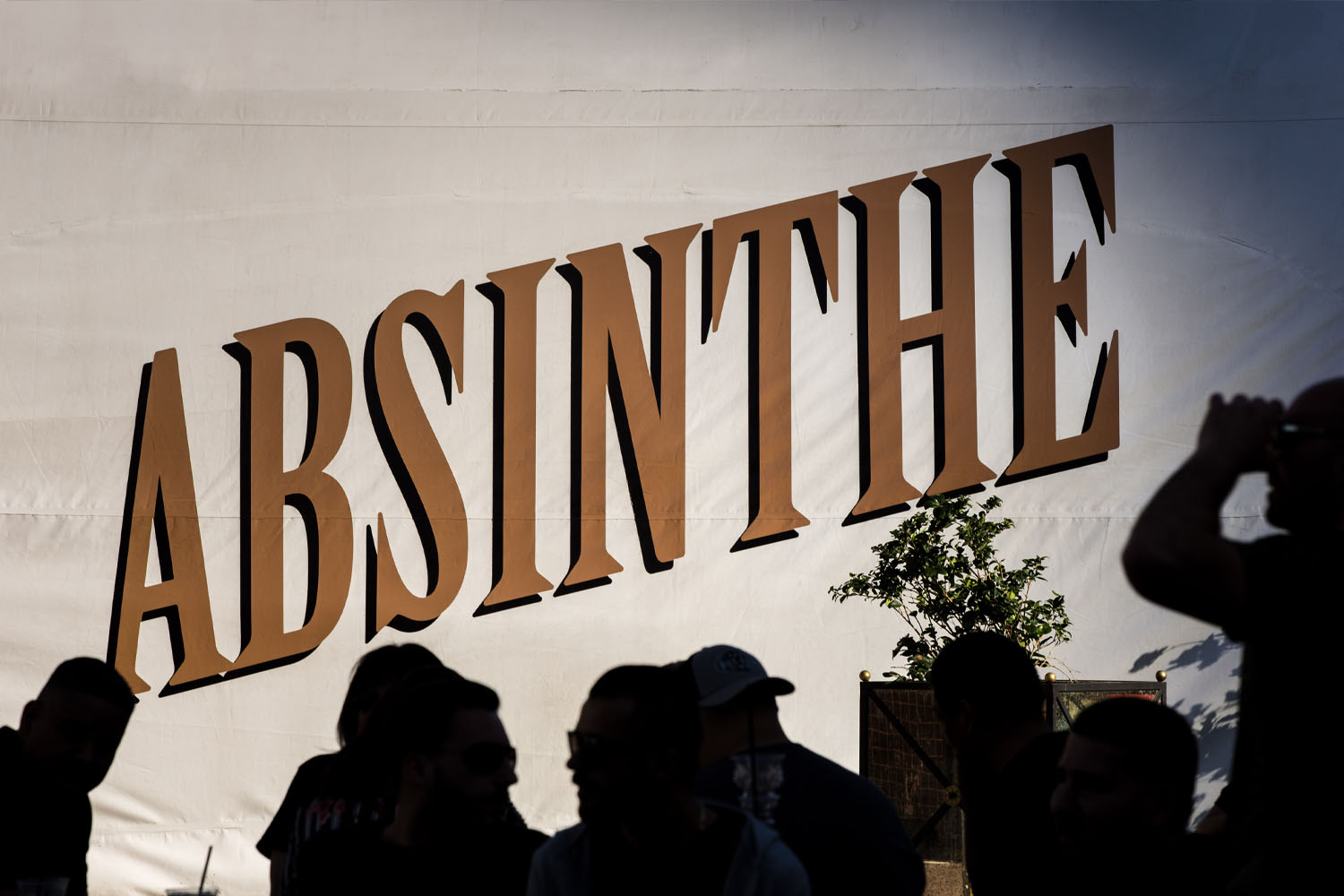
George Rose/Getty Images
90. Real absinthe is finally made legal in the U.S.

Mad Men / AMC
91. Mad Men debuts. A whiskey revival follows.

92. The Hangover is released
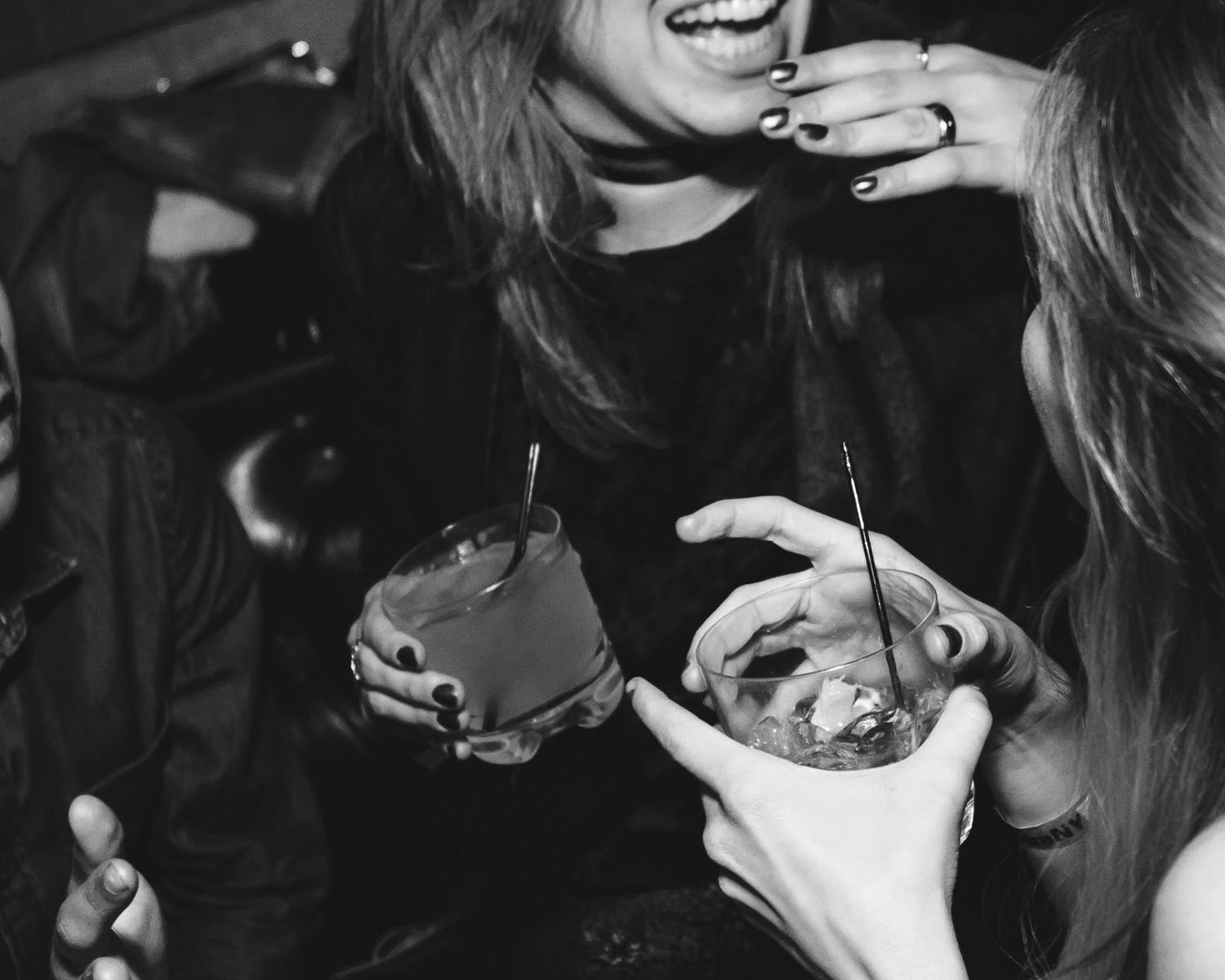


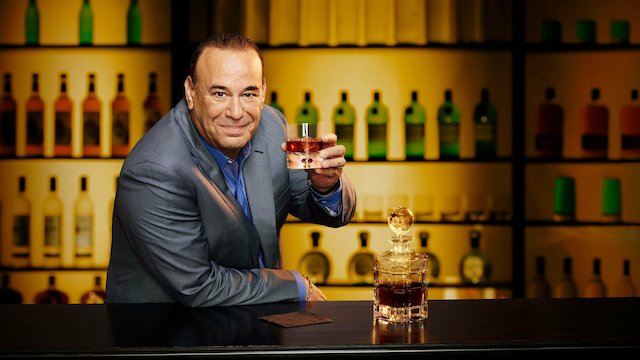
John Taffer courtesy of Spike TV
93. Bar Rescue debuts on Spike TV

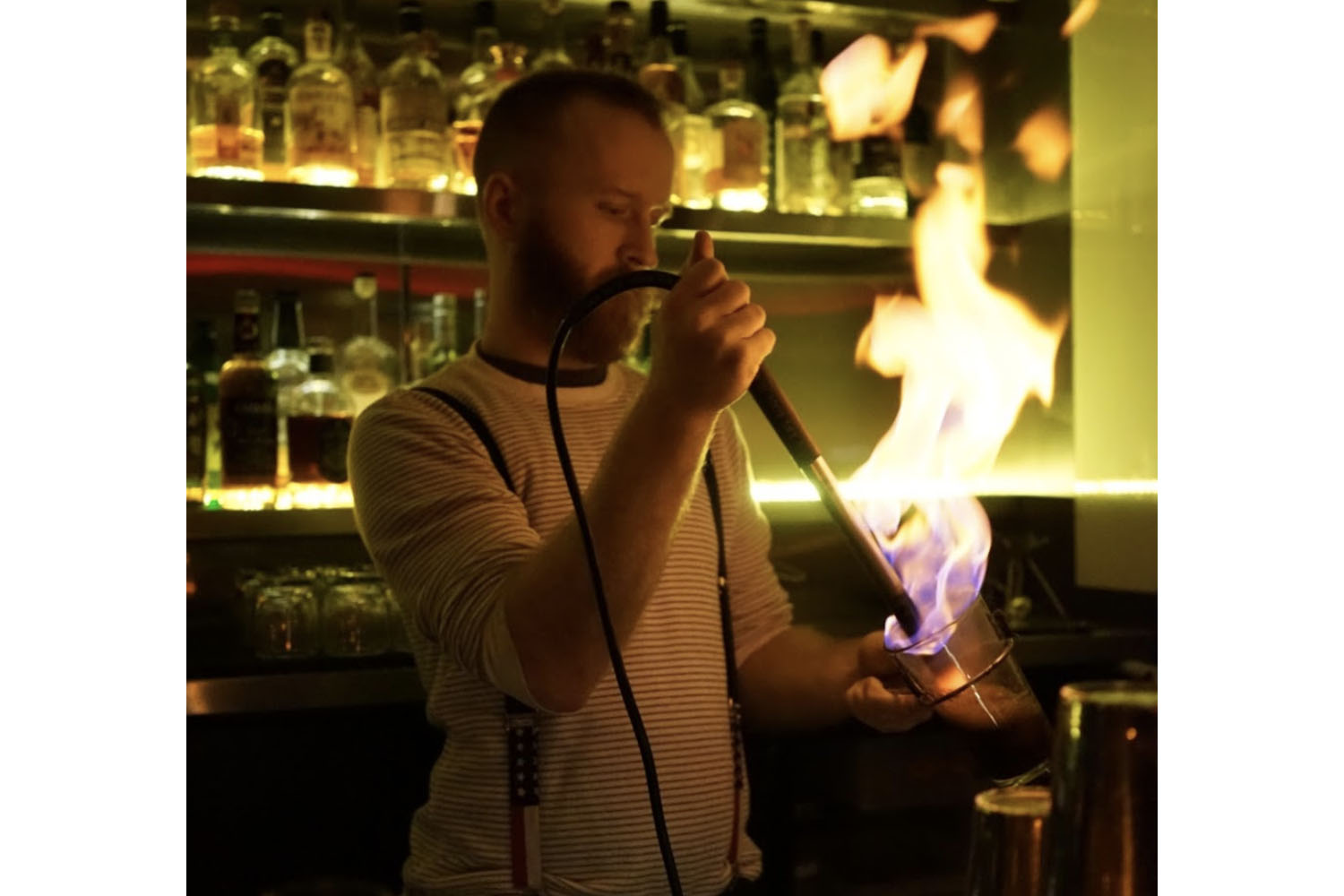
Booker and Dax / Eric Lee / Yelp
94. Booker & Dax opens in NYC, heralding the popularity of the molecular mixology movement

95. Cachaça officially recognized as its own spirits category

96. The first annual Negroni Week announced

“Do you like wine, little bird? True wine? A flagon of sour red, dark as blood, all a man needs. Or a woman.”
— The Hound, Game of Thrones

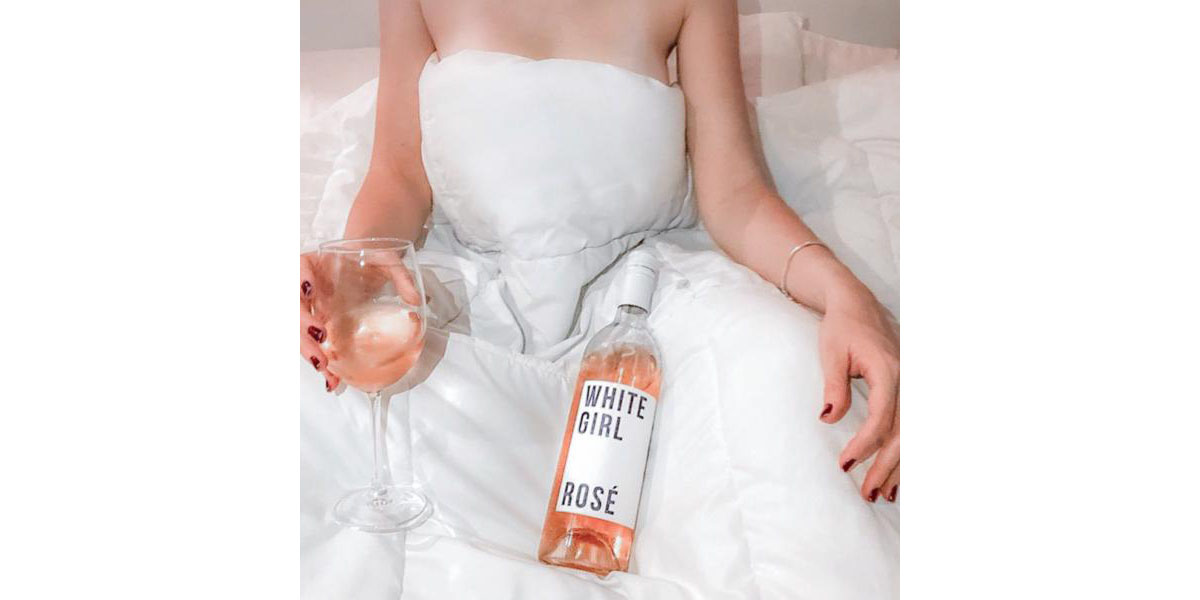
97. Swish Beverages launches White Girl Rosé — a blend of Sauvignon Blanc and Zinfandel with an Instagram-worthy label — and is crazy successful thanks to social media. Rosé becomes less of an alcoholic beverage and more of a lifestyle.
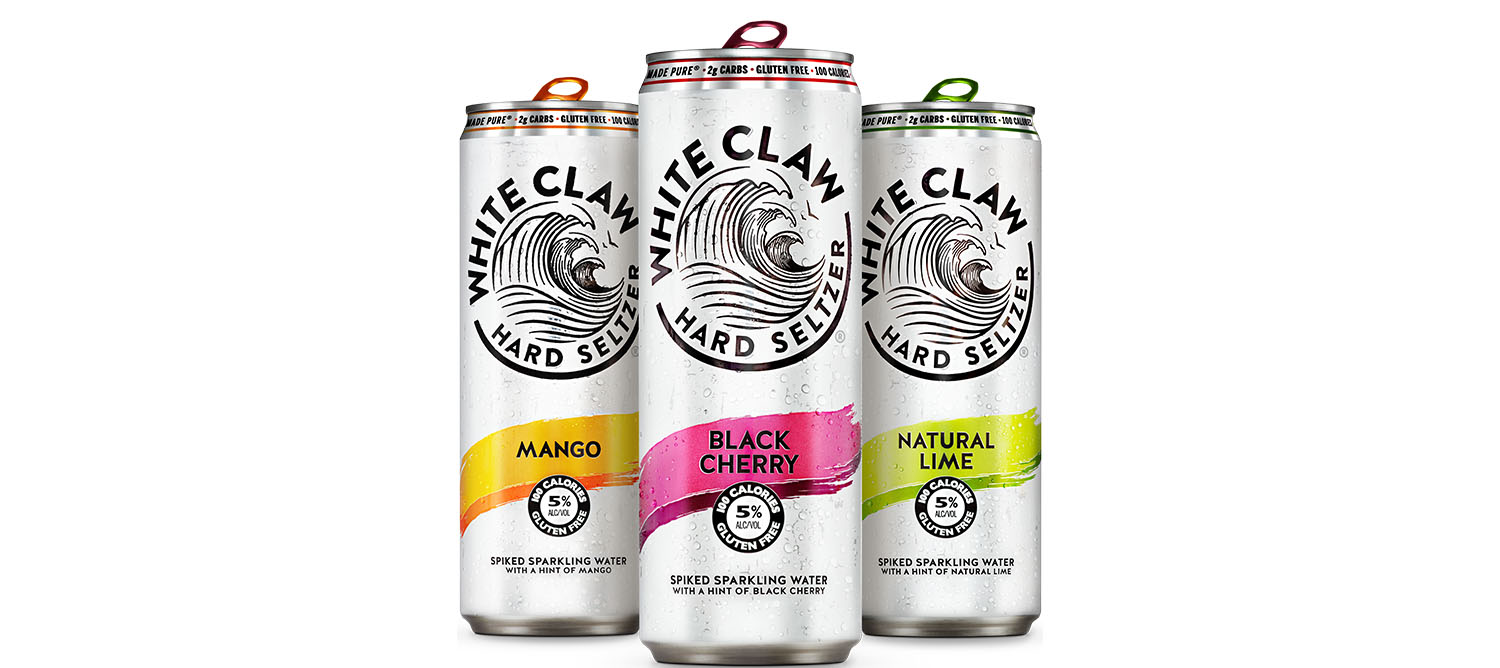
98. White Claw Hard Seltzer released
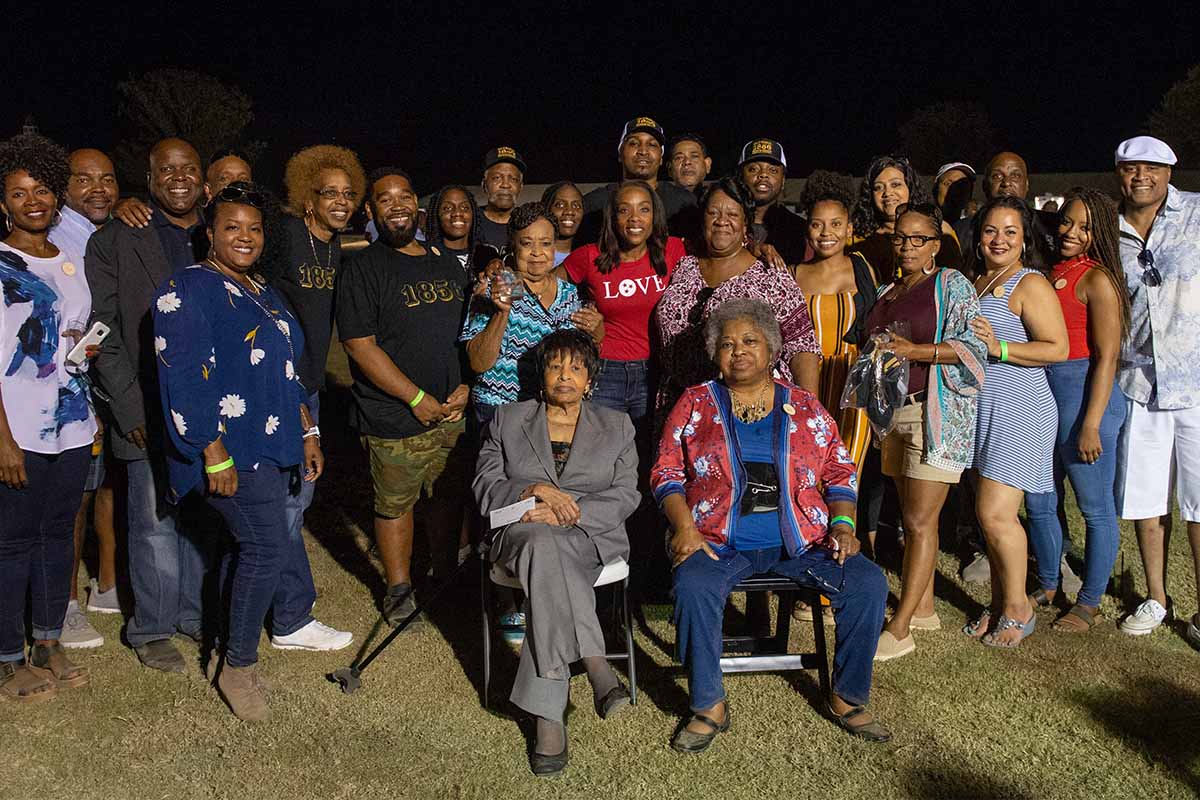
Fawn Weaver gathers with the descendants of Nathan “Nearest” Green (Marc Bagani)
99. In the New York Times, Clay Risen writes about the contributions of Nearis Green, the slave who helped teach Jack Daniel about the art of making whiskey. You can read more about his story here.

100. Congress cuts taxes on wine, beer and liquor in the Craft Beverage Modernization and Tax Reform act
Additional reporting by Lee Cutlip, Logan Mahan and Bonnie Stiernberg.
Special thanks to all the bar and booze professionals who lent their suggestions, including Benoit Cornet, Pam Wiznitzer, Prairie Rose, Rashaun Hall, Tara Fougner, Giacomo Ciminello, Chockie Tom, Nick Detrich, Gergo Murath, Katie Renshaw, Nico Martini, Effie Panagopoulos and Alexandra Clough.
Every Thursday, our resident experts see to it that you’re up to date on the latest from the world of drinks. Trend reports, bottle reviews, cocktail recipes and more. Sign up for THE SPILL now.

